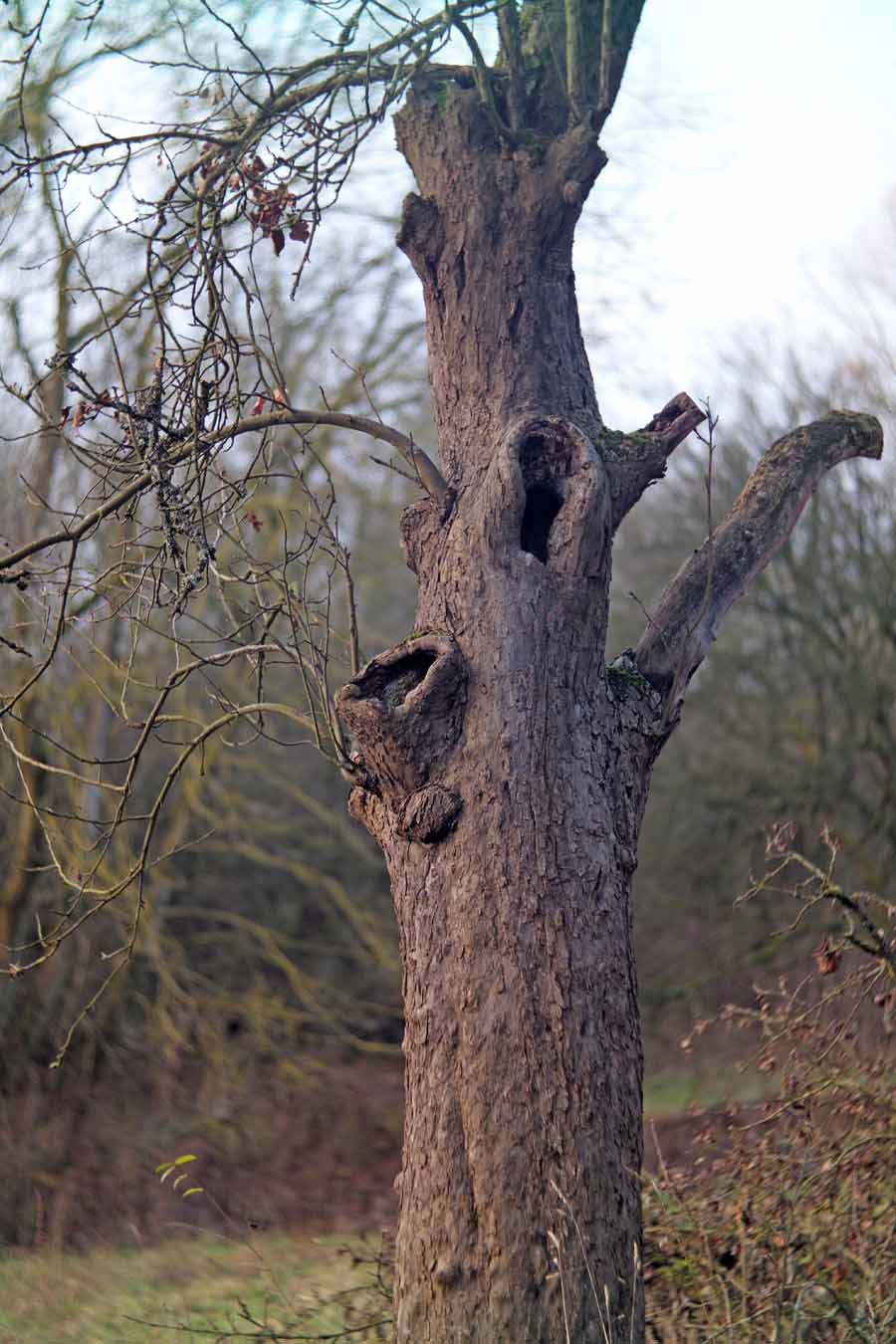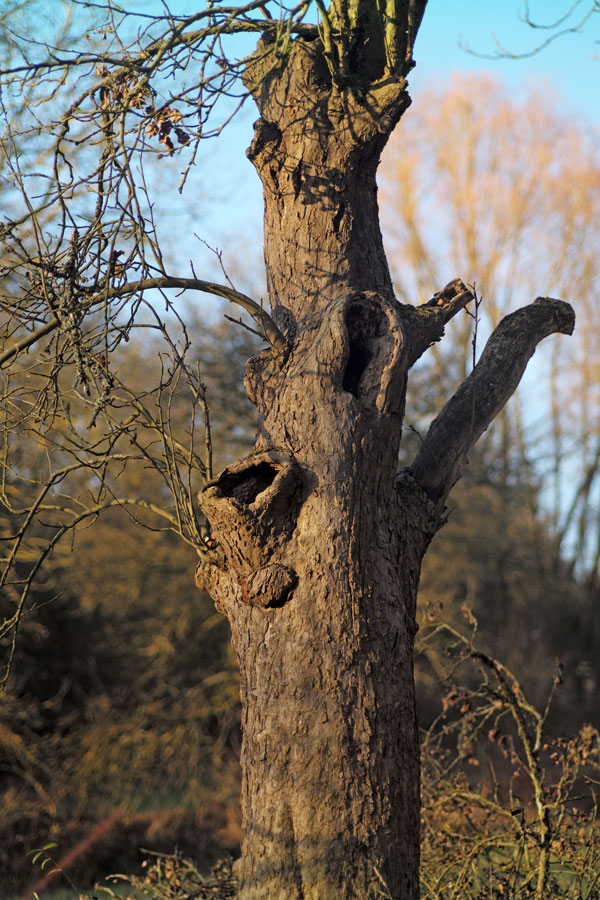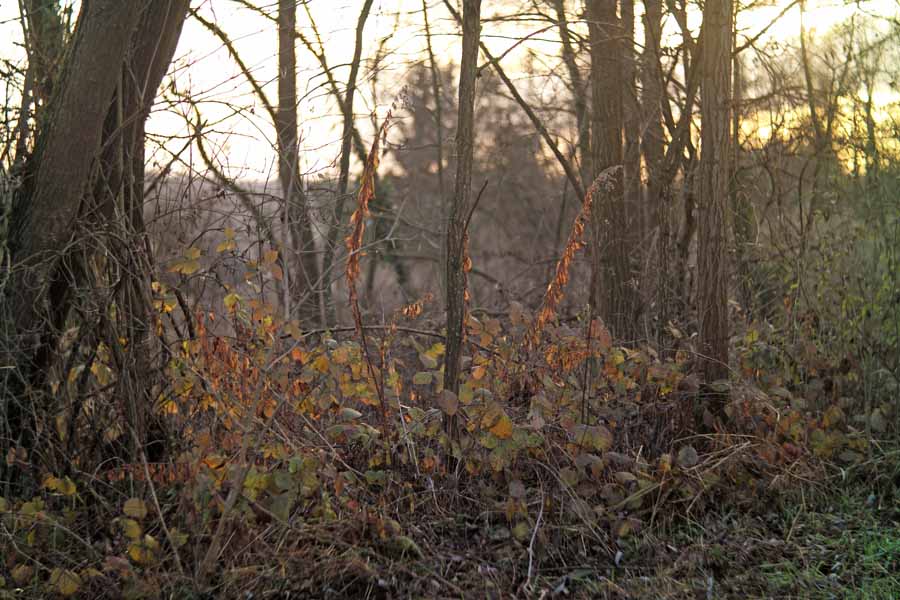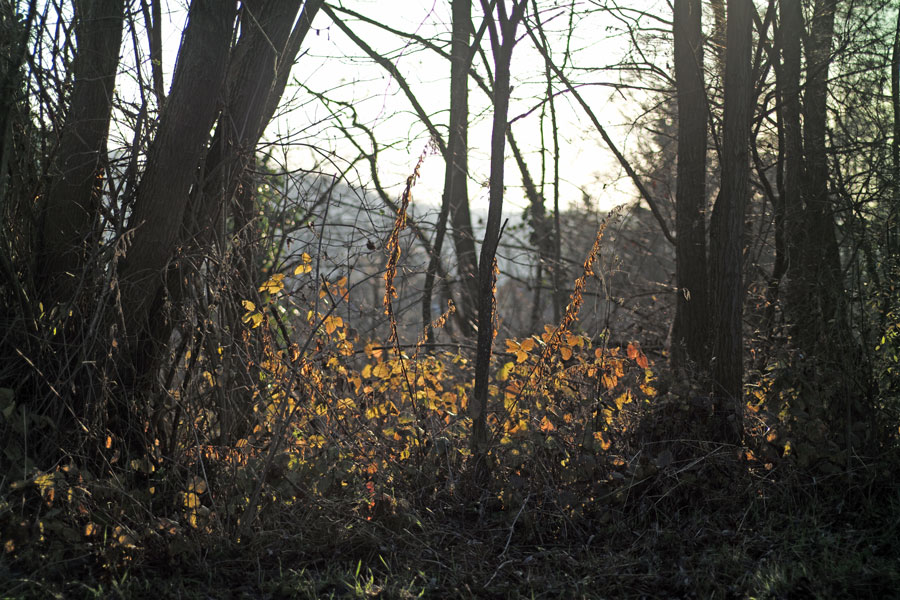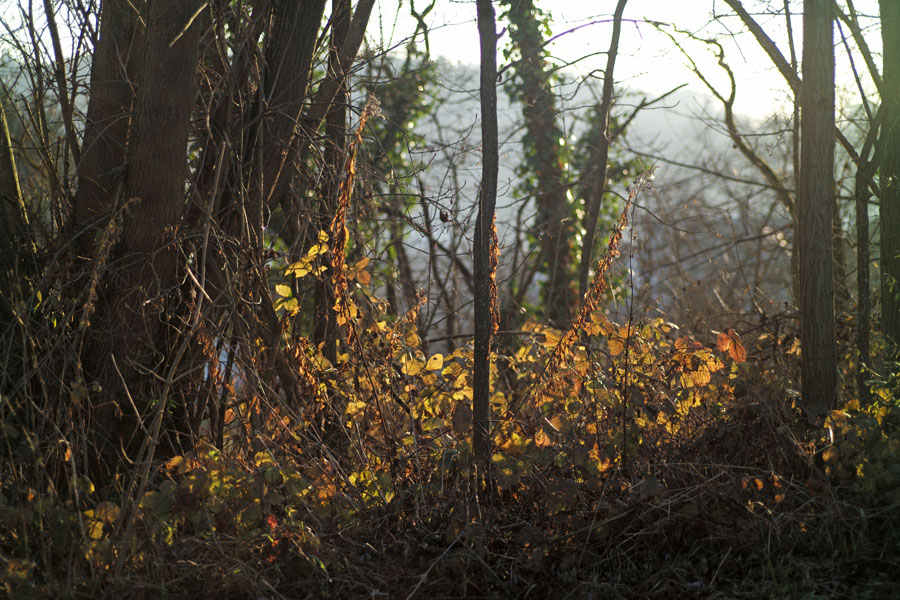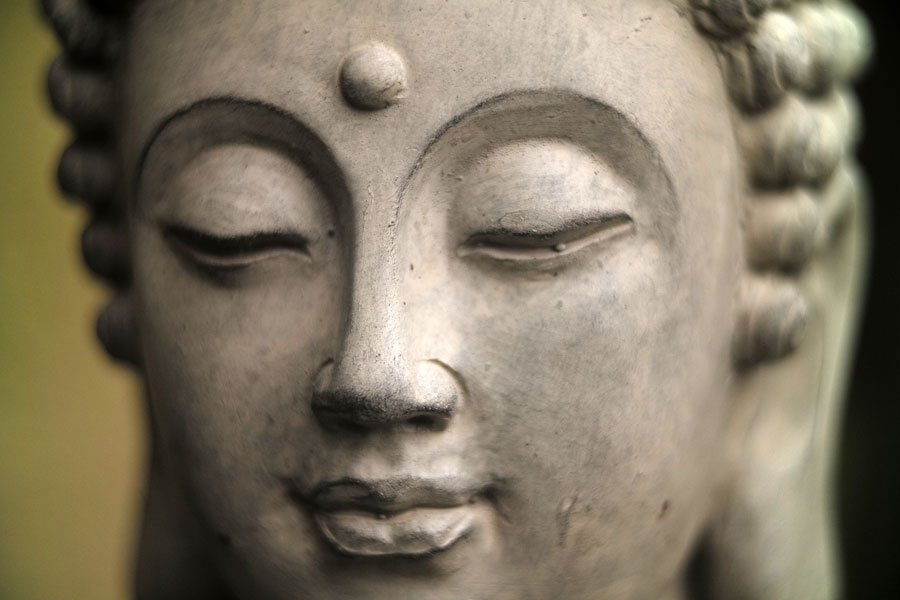Leica M (Typ 240): Leitz 85mm f/2.5 (M39) versus Leitz Tele Elmarit 90mm f/2.8
Introduction | Body with Lens Attached | Some Technical Data | Color Shading and Vignetting | Sample Images | Close-Up Behavior | Conclusions | Links
Archive
| Note: In November 2020, I sold my Leitz Tele-Elmarit-M 90mm f/2.8 lens. I am therefore no longer able to update this page or to answer questions about this lens. |
On these pages you can find my first personal experiences with the lenses at the Leica M (Typ 240) and more. This page is devoted to the Leitz Tele-Elmarit-M 90mm f/2.8 and the Leitz Hektor 85mm f/2.5 lenses, which have a similar maximum opening and focal length - and are therefore compared here. Please note that this is a "fun comparison" because the Hektor is not a serious lens. It is a Leitz Prado 150 projection lens that can be adapted to a camera using an appropriate adapter (you can focus it, but not set the aperture).
All lens pages: Voigtländer 15mm f/4.5 | Voigtländer 15mm f/4.5 III | Zeiss Biogon 21mm f/4.5 | Leica Elmarit-M 21mm f/2.8 ASPH. | Leica Elmar-M 24mm f/3.8 ASPH. | Voigtländer 25mm f/4 (M39) | Minolta M-Rokkor 28mm f/2.8 | Zeiss Biogon 35mm f/2.8 | Novoflex Noflexar 35mm f/3.5 | Zeiss Sonnar 50mm f/1.5 | Voigtländer 75mm f/2.5 (M39) | Leitz Hektor 85mm f/2.5 (M39) | Leitz Elmar-C 90mm f/4 | Leitz Tele-Elmarit-M 90mm f/2.8 | Leitz Tele-Elmar 135mm f/4
See also: Leitz Hektor 85mm f/2.5 (M39) - Leitz Tele-Elmarit-M 90mm f/2.8
Introduction
On this page, I compare the Leitz Tele-Elmarit-M 90mm f/2.8 lens with the Leitz Hektor 85mm f/2.5 projection lens that I took from the Leitz Prado 150 slide projector (details). Both lenses have a similar maximum opening and focal length. The slightly longer focal length of the Tele-Elmarit-M may thereby compensate for its a little smaller maximum aperture...
The main reason for doing this comparison was the outcome of my test photos that I shot with the Hektor. From a technical point of view, this is a poor lens (only the center is more or less sharp). But the "visual effect" that this lens produces is quite interesting - at least for me. The lens tends to focus the viewer's attention on the center and, thanks to its small depth of field, on the main subject. I therefore asked myself whether I can achieve a similar effect with other lenses in my repertoire, particularly with lenses that have a wide opening and thus, a small depth of field. The Tele-Elmarit-M 90mm f/2.8 lens is the lens that comes closest to the Hektor with respect to its technical data. Therefore I selected it for an informal comparison with the Hektor based on similar scenes (mostly my "standard objects" with which I test my lenses). For this comparison, the Tele-Elmarit-M's aperture was fixed to f/2.8 all the time.
Please note that this is a "fun comparison" because the Hektor is not a serious lens. But it might lead the way to make more out of my lenses with a large maximum aperture and thus. small depth of field...
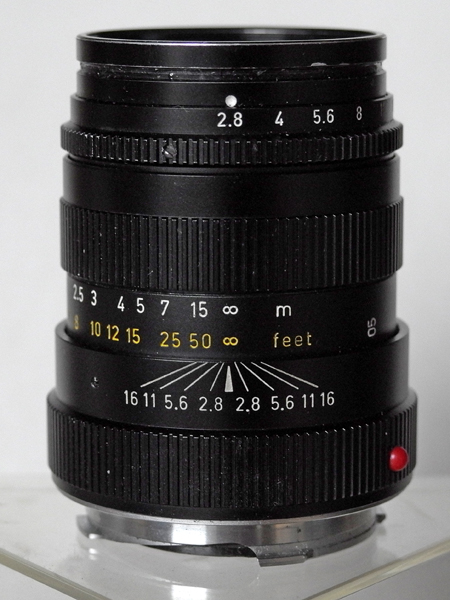 |
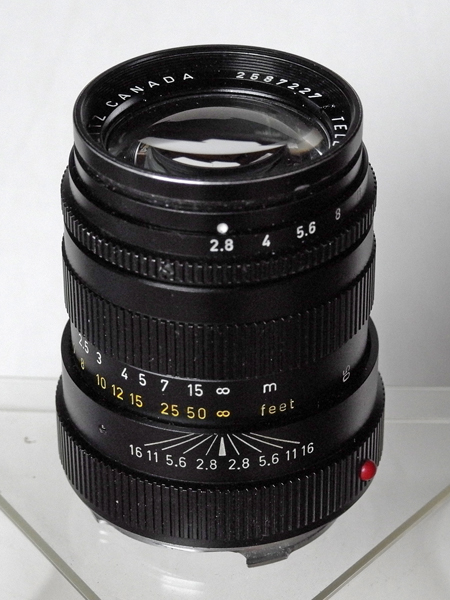 |
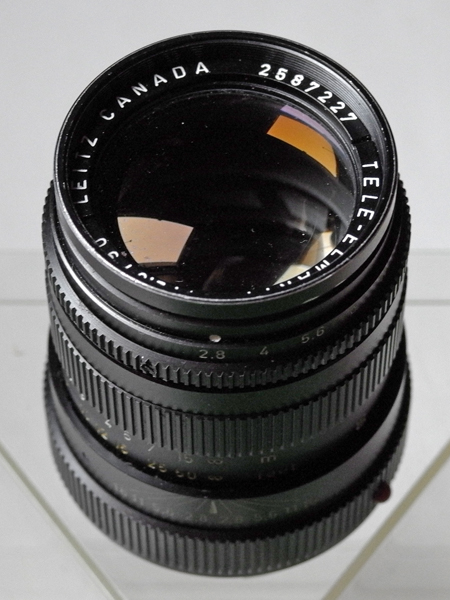 |
||
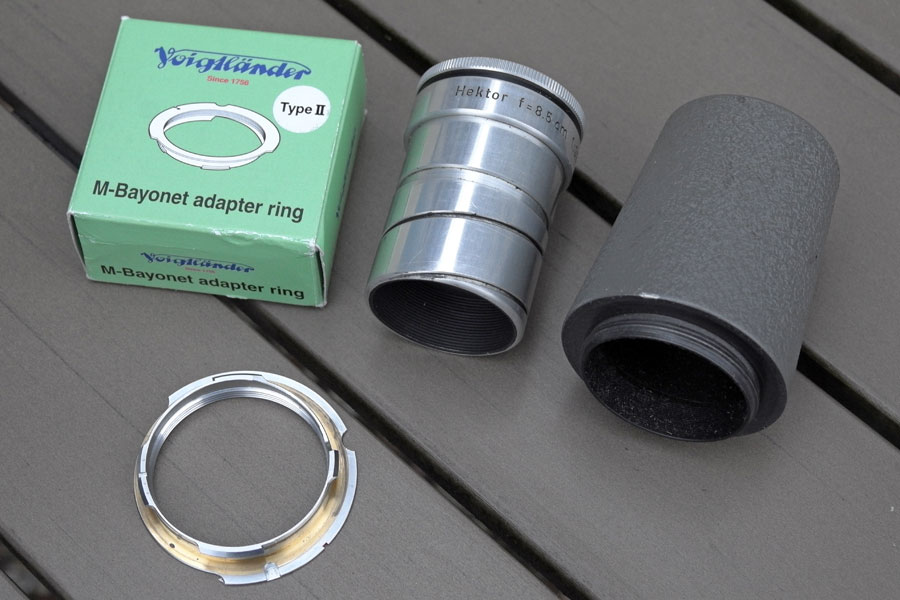 |
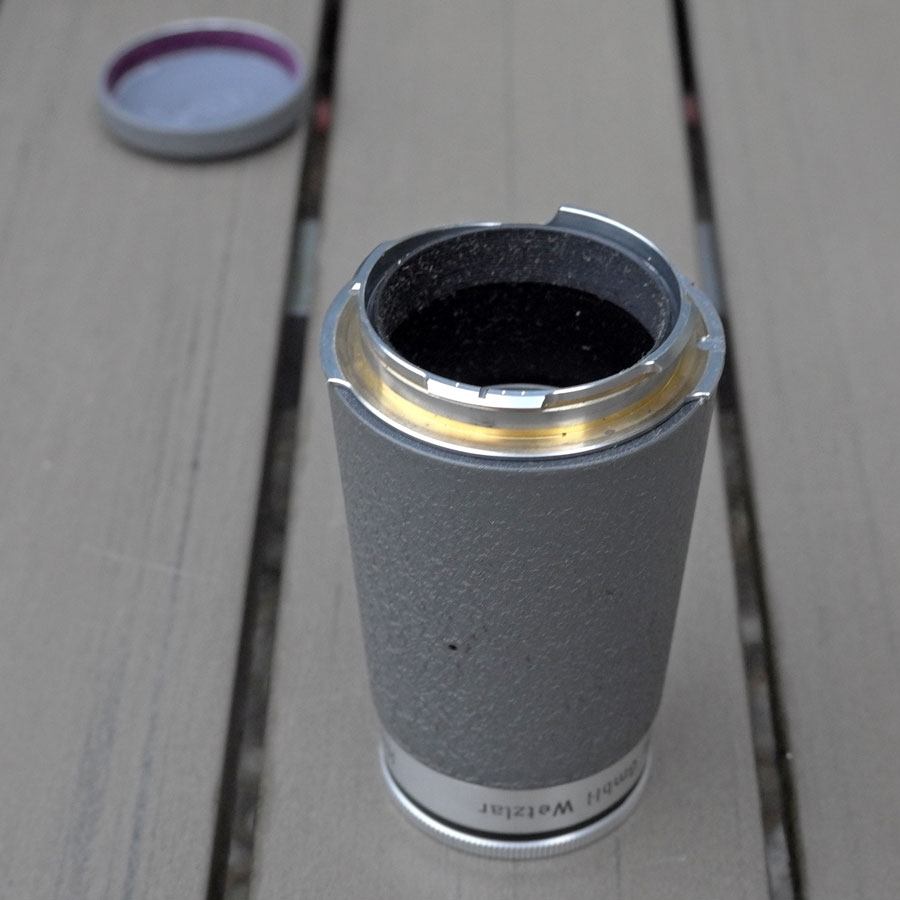 |
Figures: Leitz Tele-Elmarit-M 90mm f/2.8 lens (top row) - Leitz Hektor 85mm f/2.5 lens for comparison (bottom row)
Body with Lens Attached
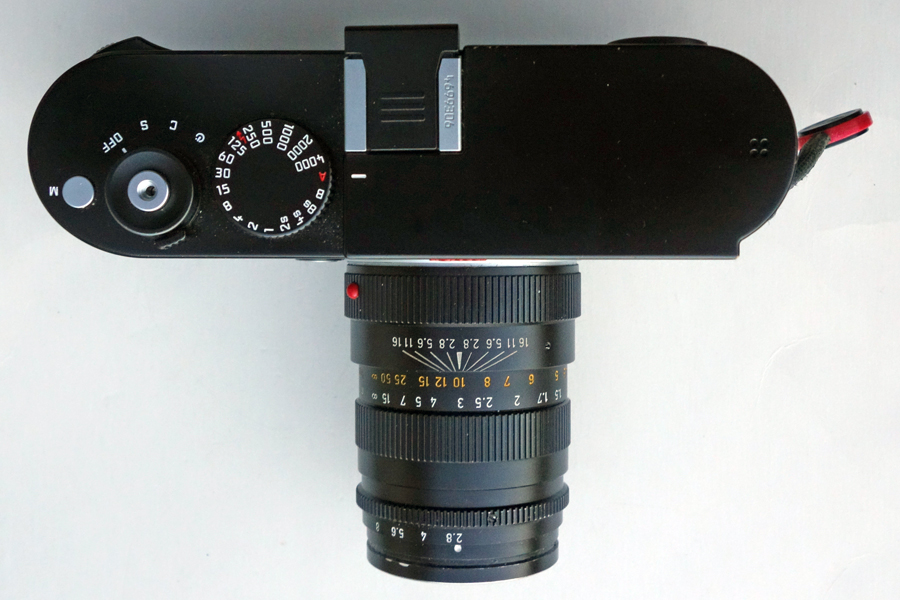 |
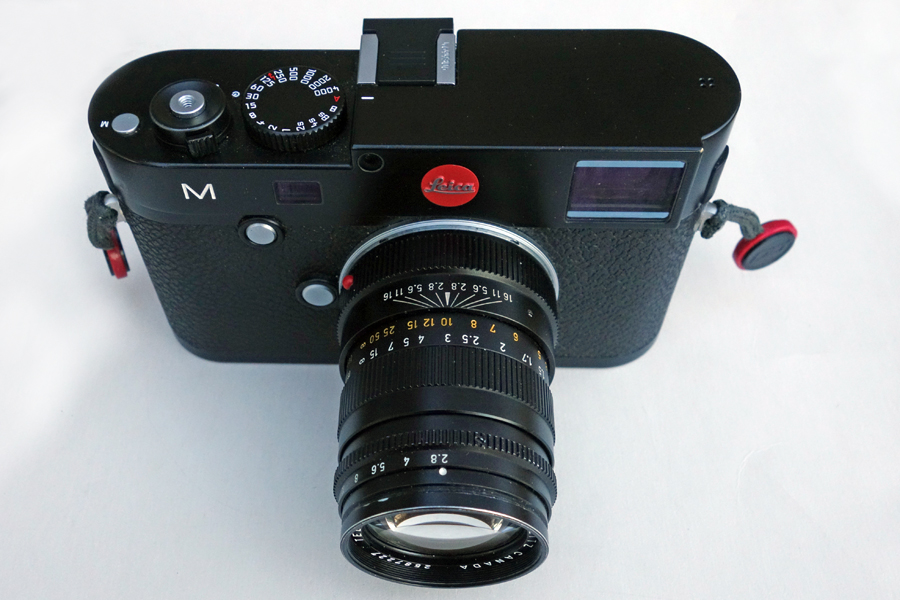 |
|
 |
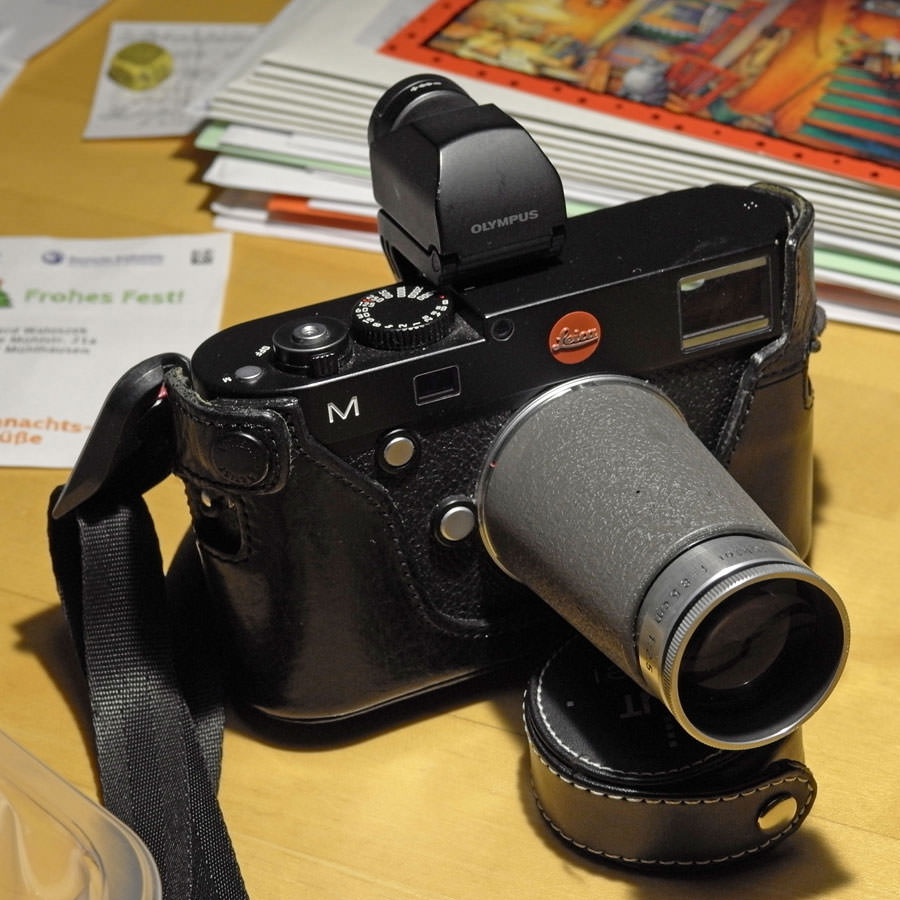 |
Photos: Leica M (Typ 240) with Leitz Tele-Elmarit-M 90mm f/2.8 lens (top row) and with Leitz Hektor 85mm f/2.5 lens (bottom row) for comparison
Some Technical Data
| Data | Leitz Tele-Elmarit-M 90mm f/2.8 | Leitz Hektor 85mm f/2.5 |
| Model number | 11800 | n.a. |
| Focal length | 90 mm (05 as correction, unclear what this amounts to...) | 85 mm |
| Angle of view (35mm film) | 27° diagonal | ? |
| Maximum aperture | 2.8 | 2.5 |
| f-stop range | 2.8-16 | none |
| Number of iris blades | 10 | none |
| Number of lenses/groups | 4/4 | ??? |
| Shortest distance | 1.0 m | about 0.45 m from front lens |
| Weight | 225.8 g (Ken Rockwell) (210 g on our own scales) | approx. 200 g / 90 g (lens alone; both w/o lens cap) |
| Length | 61.3 mm at infinity, 67.92 mm overall (Ken Rockwell)) | 78 mm / 56 mm (lens alone; both w/o lens cap) |
| Maximum diameter | 51 mm | 50 mm / 40 mm (lens alone) |
| Filter thread | 39 mm filters (E39) | ??? |
| Lens hood | folding rubber hood (11250) with its own pop-in cap (11252), screw mount; the lens was supplied with this hood, but mine came with a metal lens hood 12575, which can also be used (I can use the rubber hood from my Elmar-C) | metal; the lens was supplied with this hood on the Leitz Prado 150 slide projector |
| Smallest object field / magnification | 1:9 (Ken Rockwell), 372 x 248 mm / 1:10.4 (calculated), 300 mm / 1:8.4 (from photo) | 164 mm x 110 mm / 1:4.6 (from photo) |
Sample Images
Below are samples taken with the Leitz Hektor 85mm f/2.5 projection lens and the Leitz Tele-Elmarit-M 90mm f/2.8 lens at f/2.8 (click the images to view the original files in a new window).
Note: When taking the photos below, I had set "Lens Detection" to a wrong "Manual" option (28 f2.8 ASPH. 11606), which I had tested for for my Voigtländer 25mm f/4 lens. Since the weak cyan color shading at the left and right edges does not affect the overall impression of the photos, I will not repeat them with the correct setting ("Off") - that would be a lot of work...
Note: Sometimes, I repeat a photo when there are more versions for the other lens available.
A Selection of My "Standard" Test Photos - No Color Shading Correction - Post-Processed
The following photos are more or less my "standard" test photos that I take with each of my lenses (a few of the "standard" photos are already presented above). Here, I present photos that were slightly post-processed (contrast, sharpness) to show what can be achieved with these lenses.
Hektor 85mm f/2.5 |
Tele-Elmarit-M 90mm f/2.8 at f/2.8 |
|
 |
 |
|
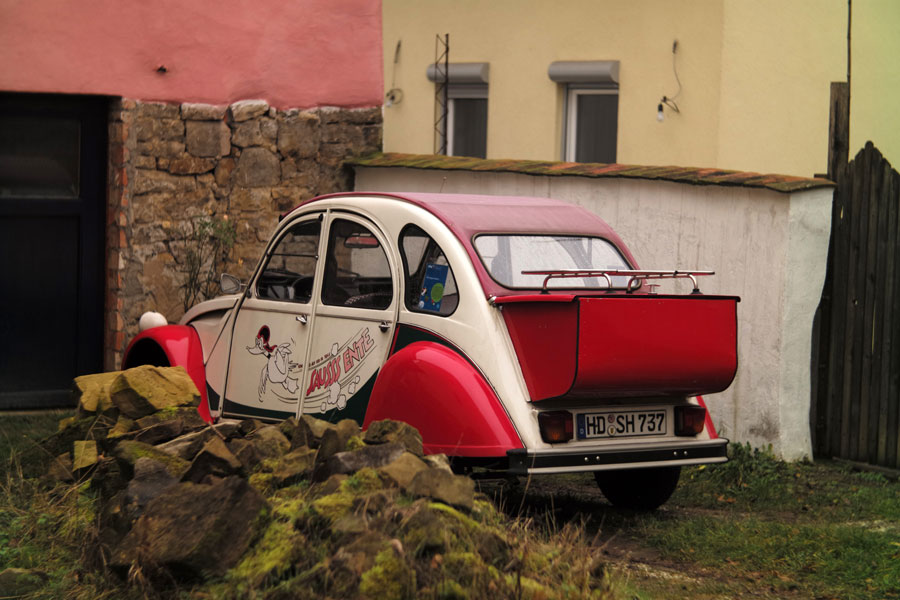 |
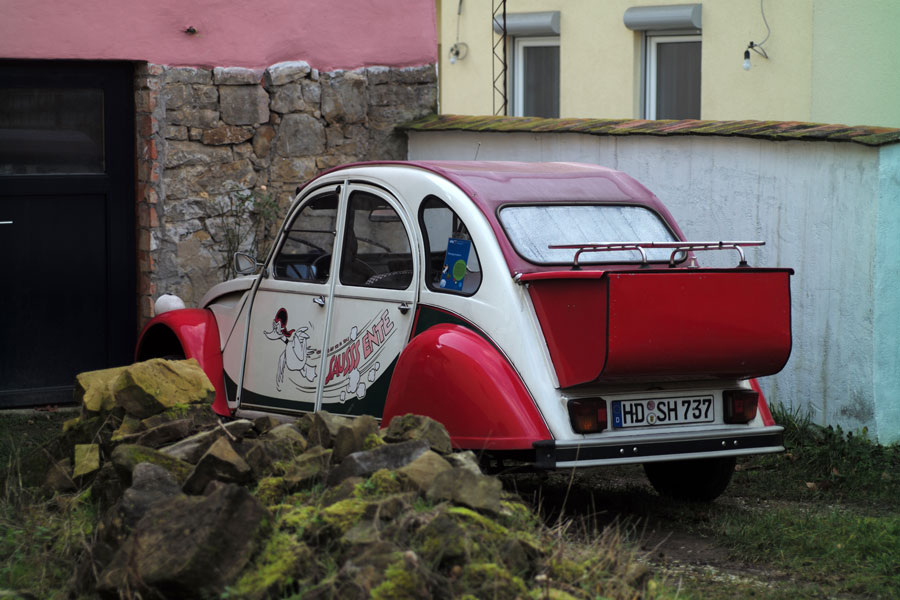 |
|
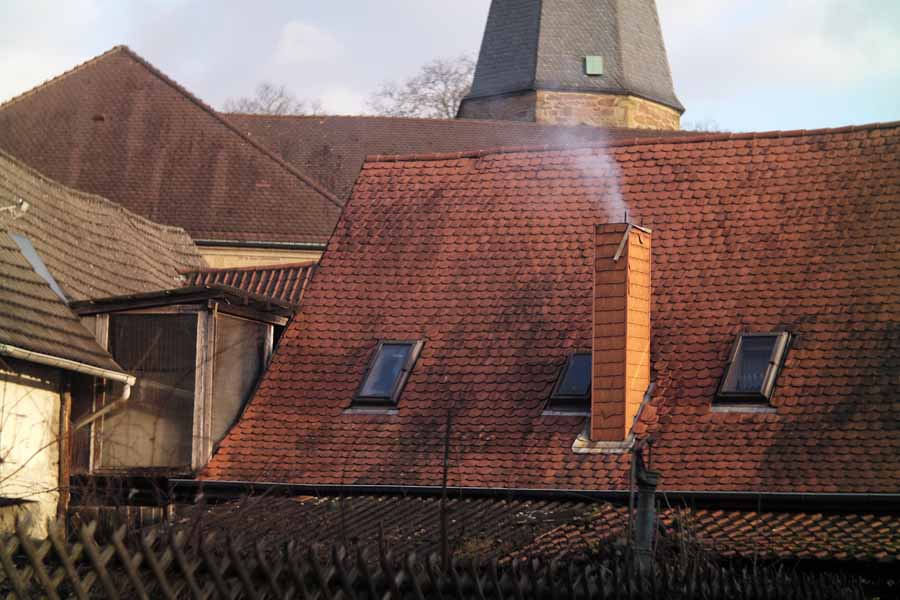 |
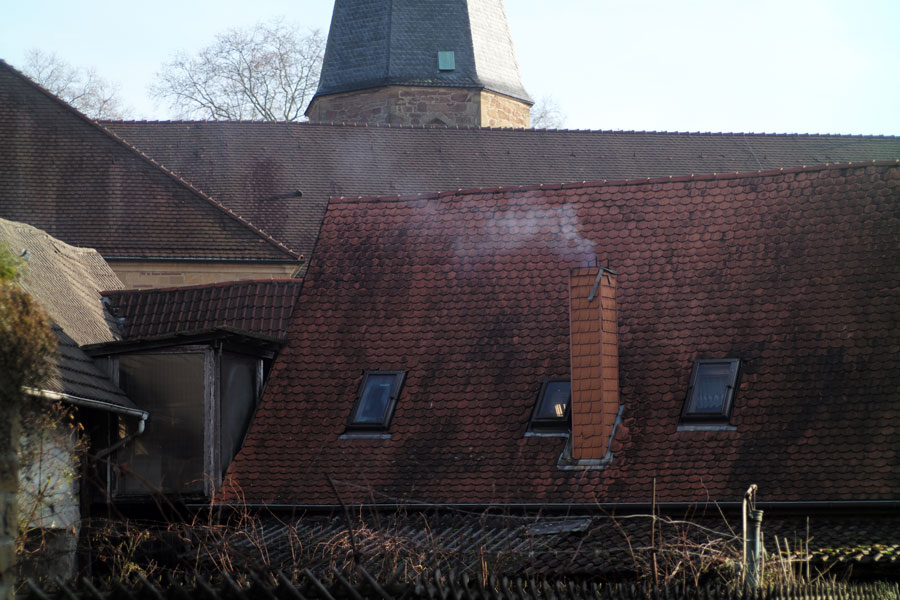 |
|
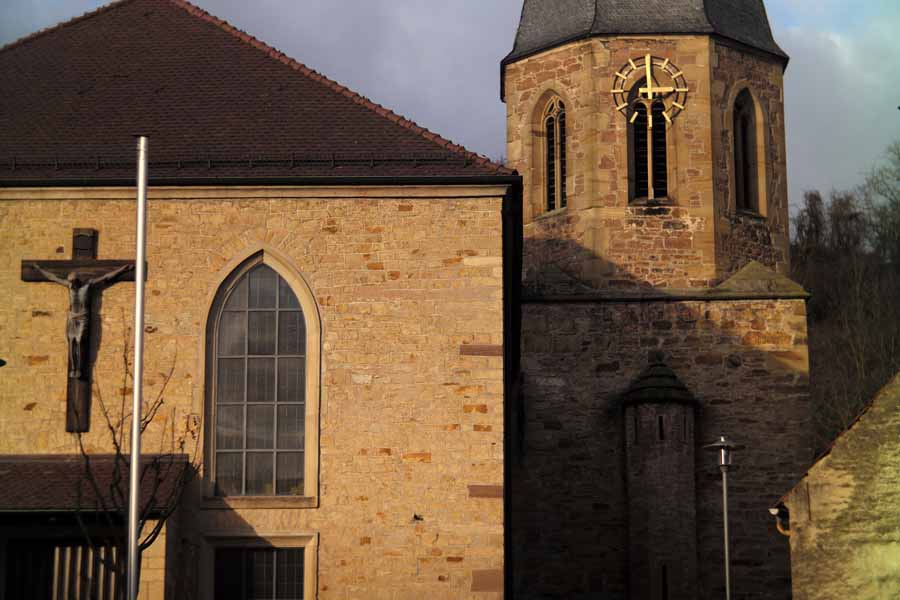 |
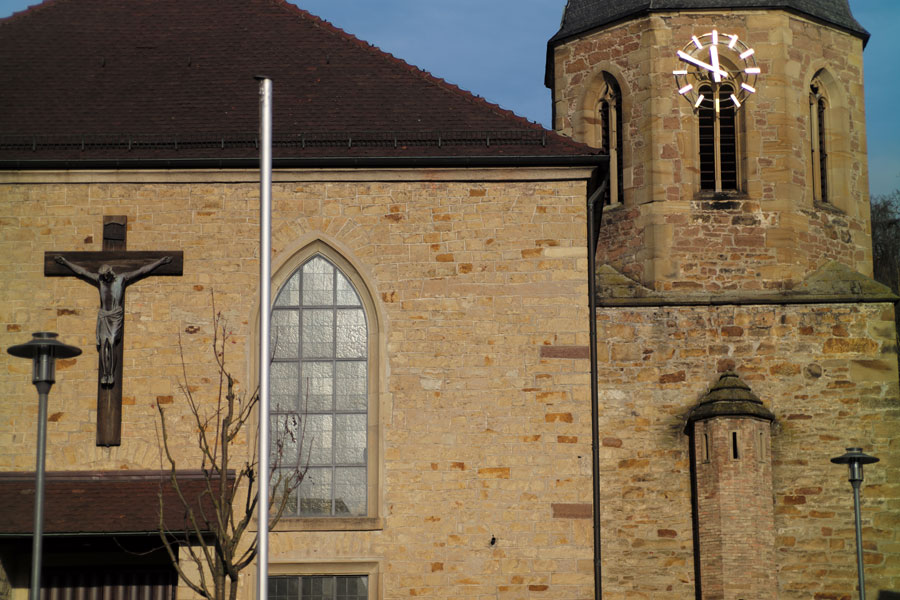 |
|
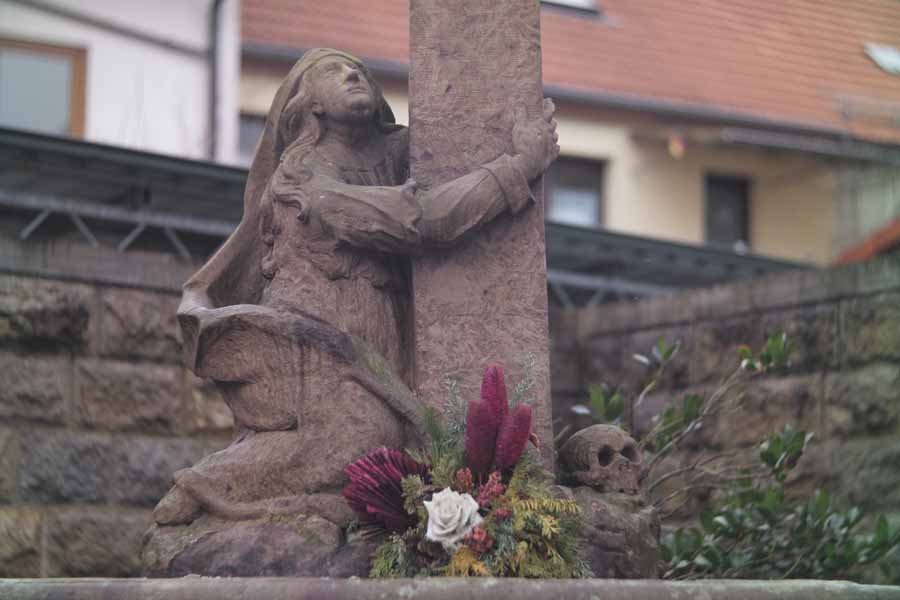 |
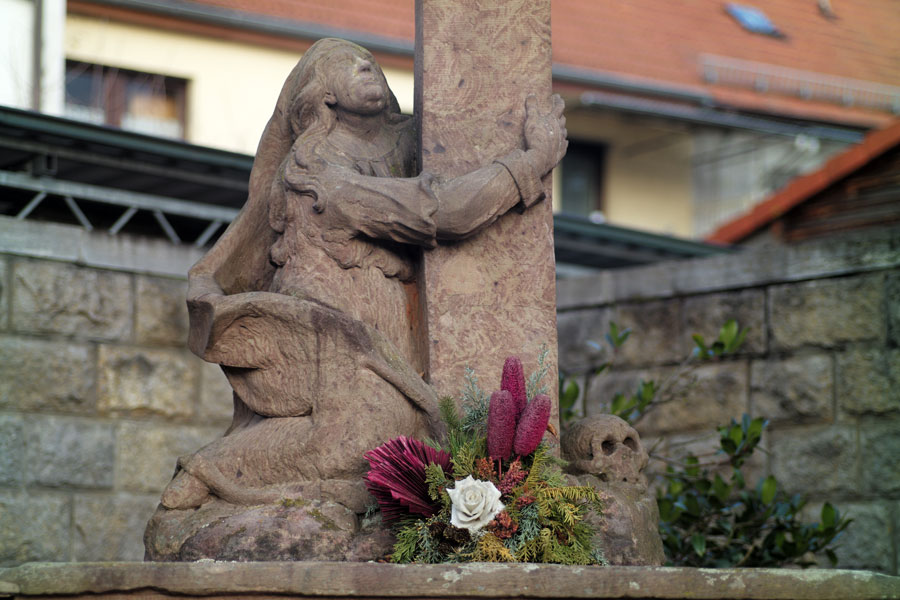 |
|
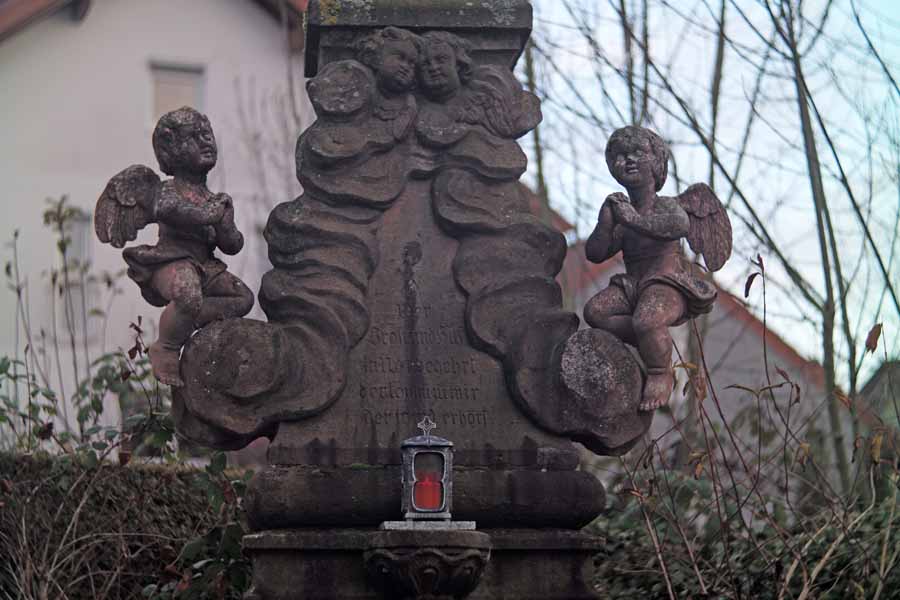 |
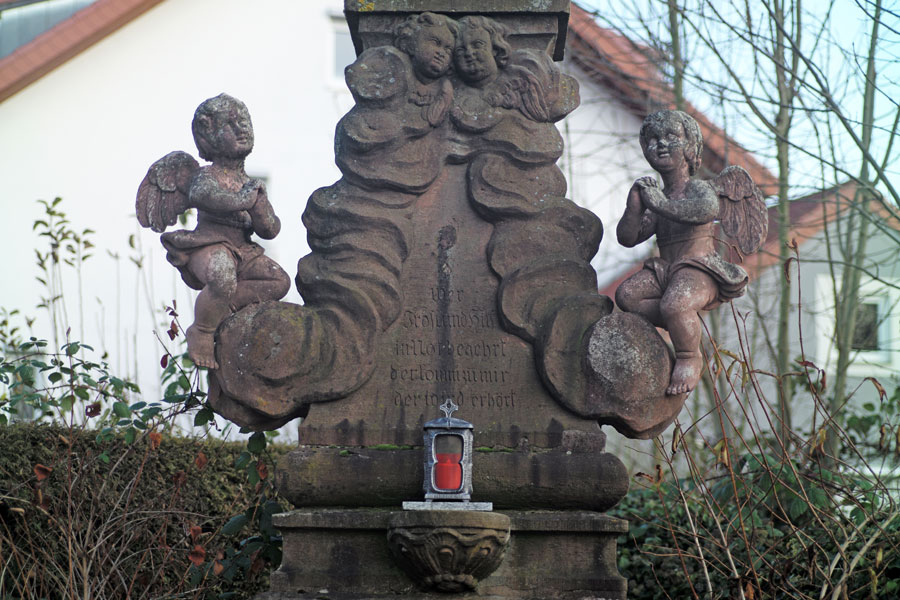 |
|
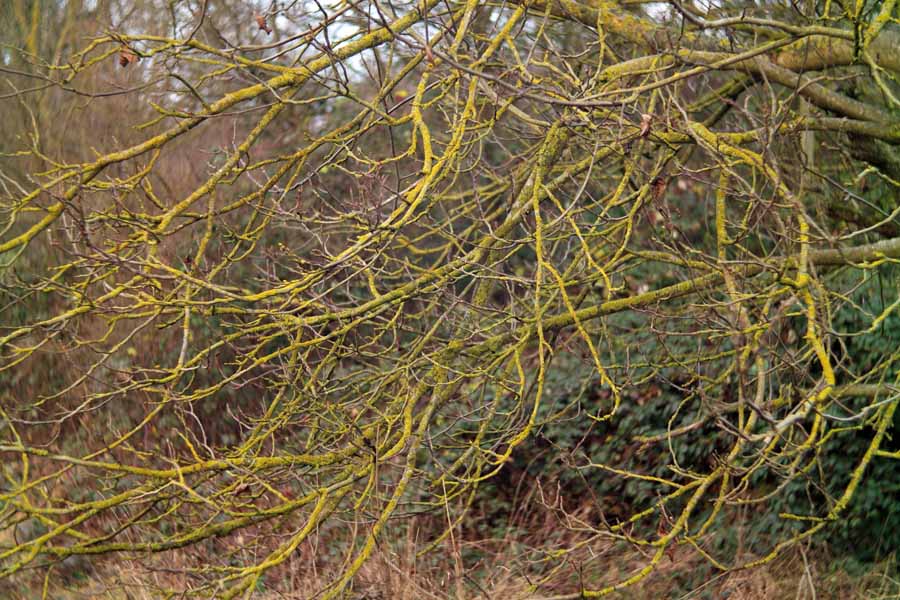 |
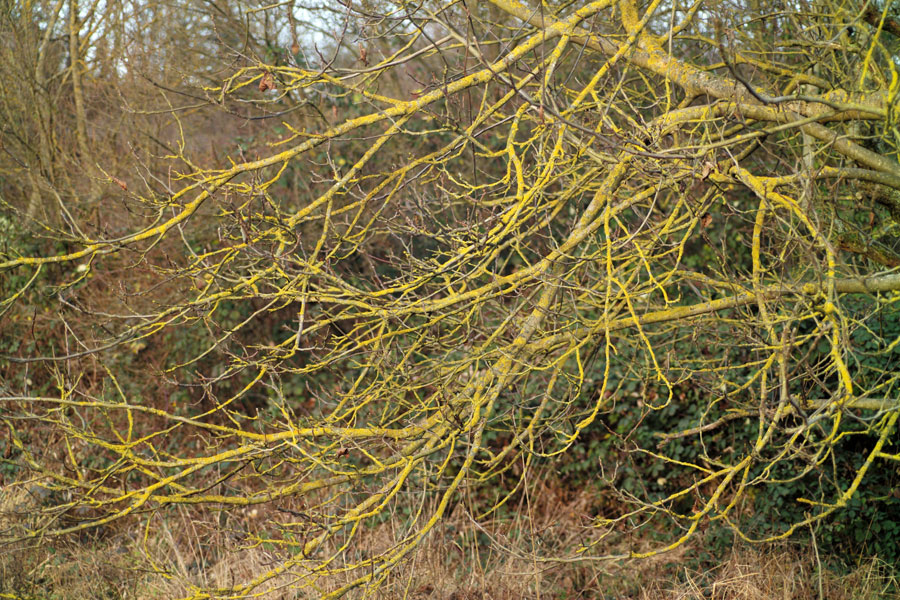 |
|
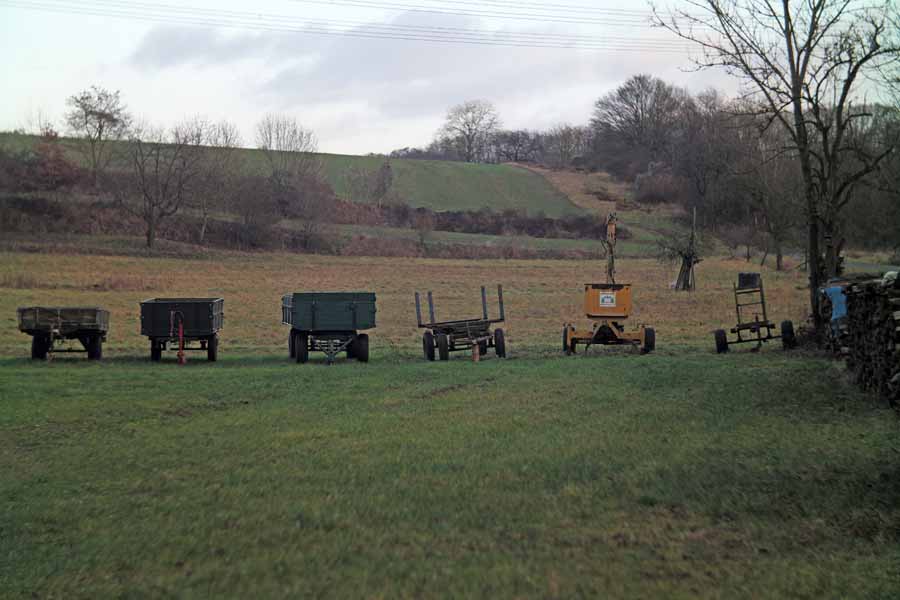 |
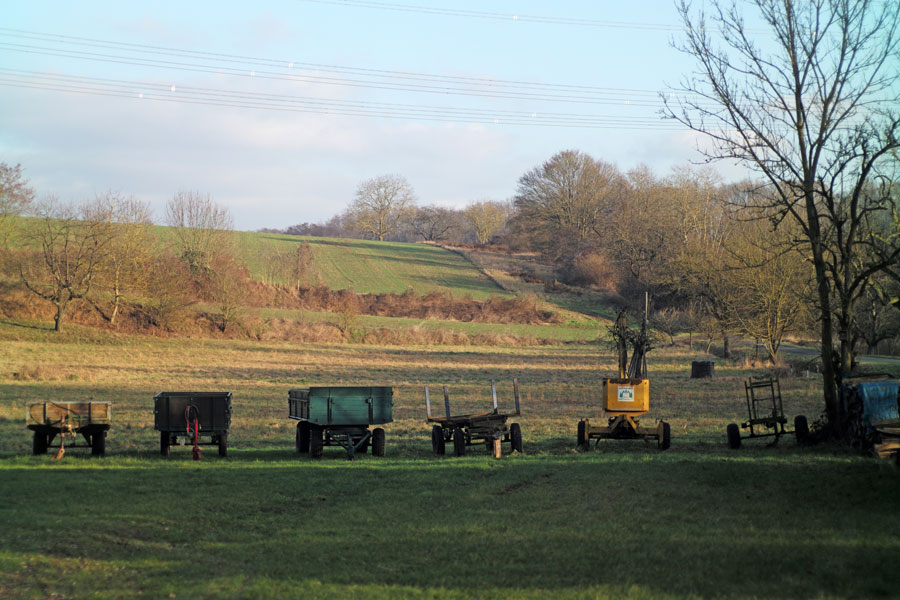 |
|
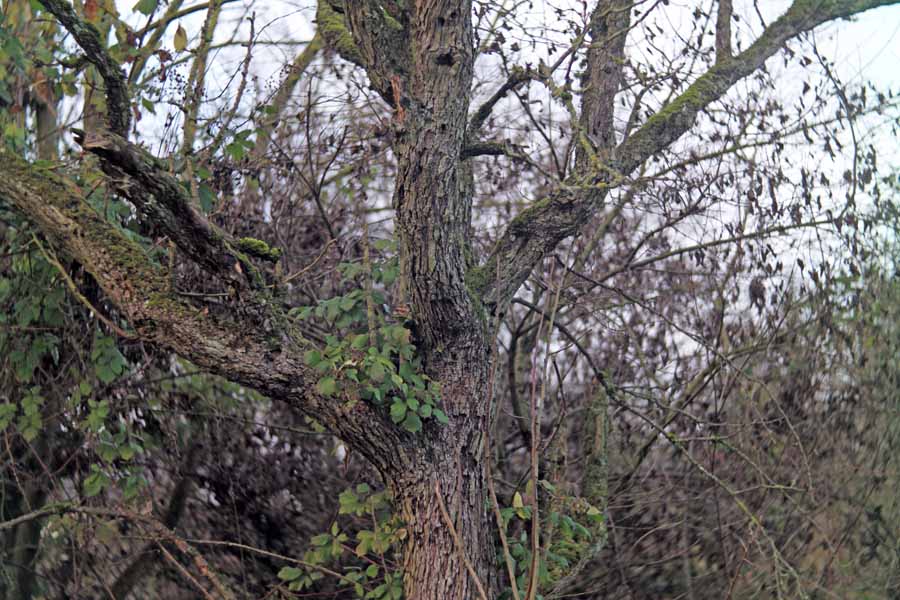 |
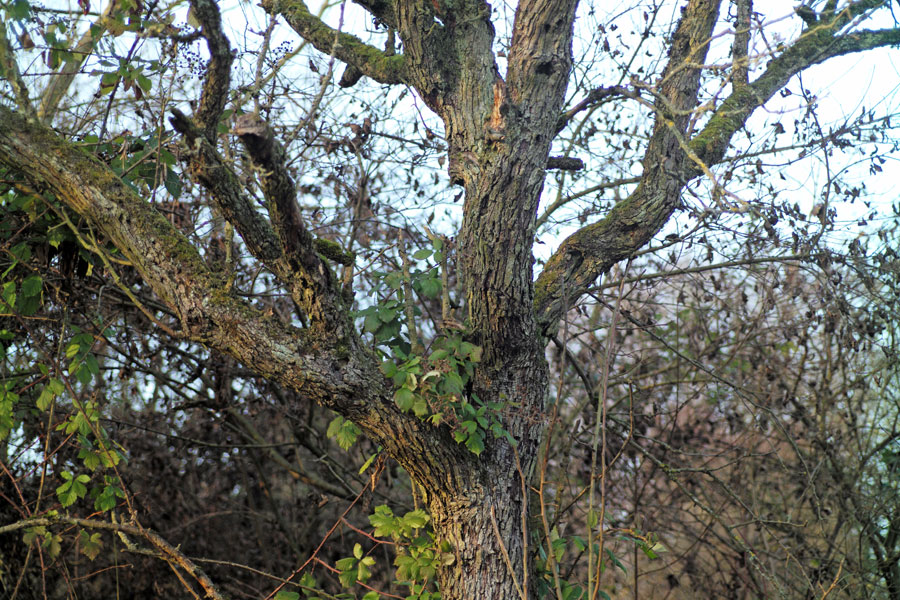 |
|
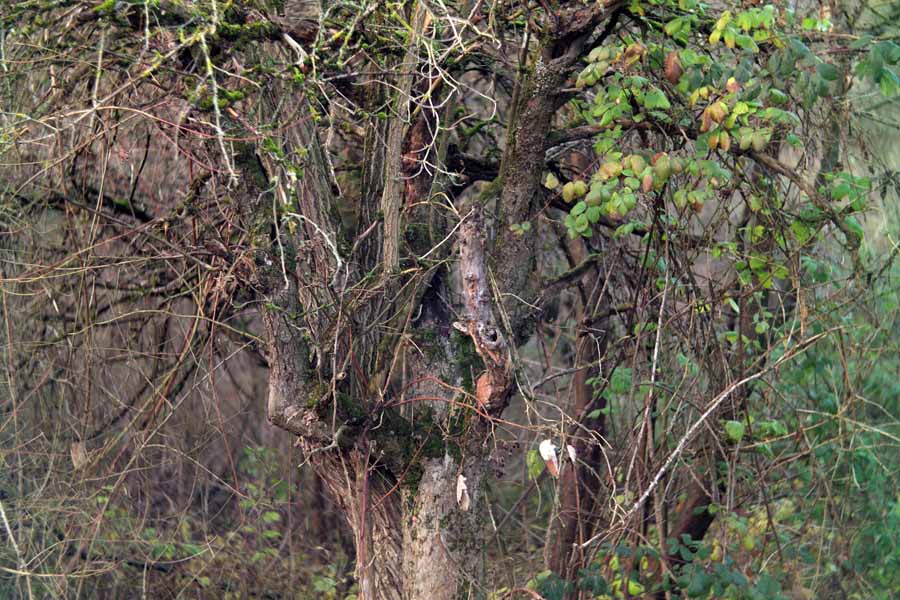 |
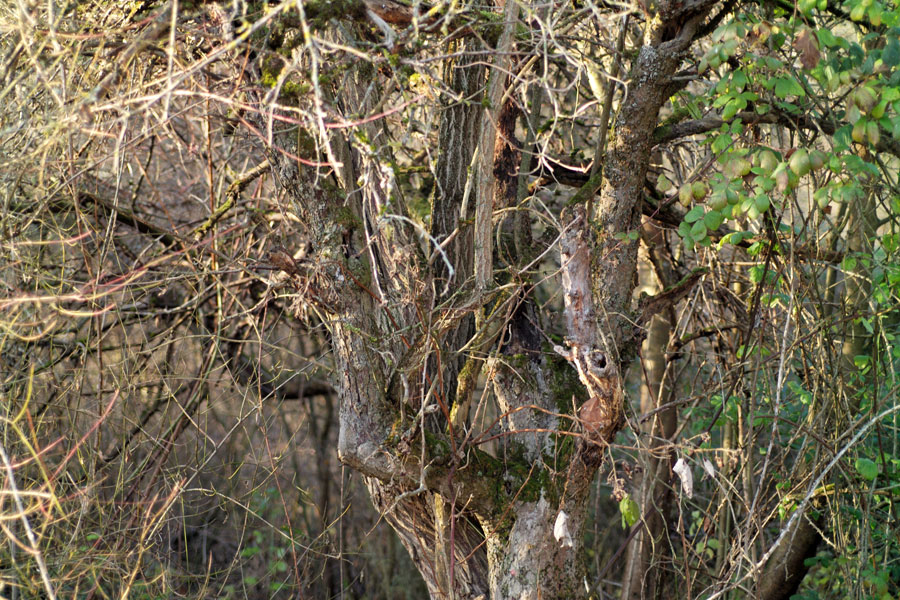 |
|
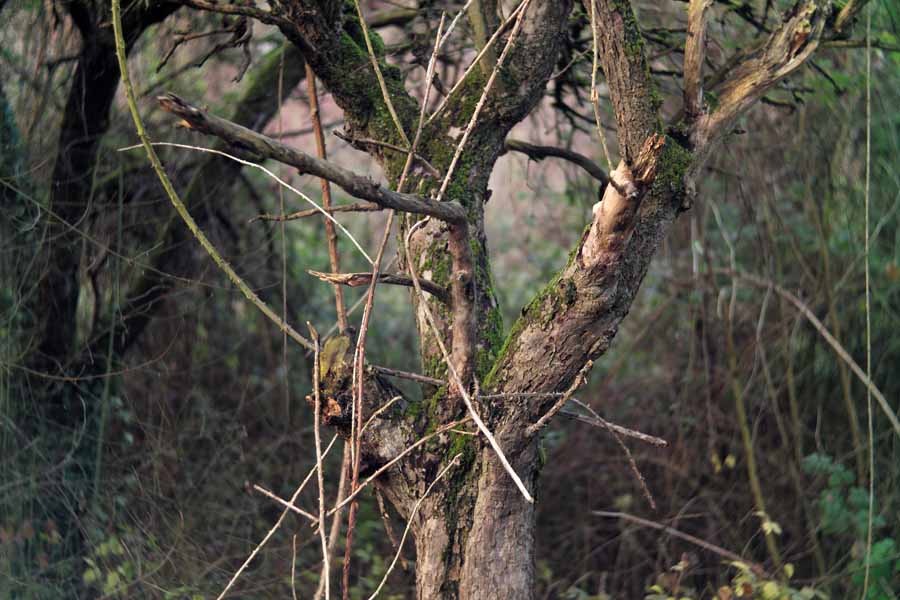 |
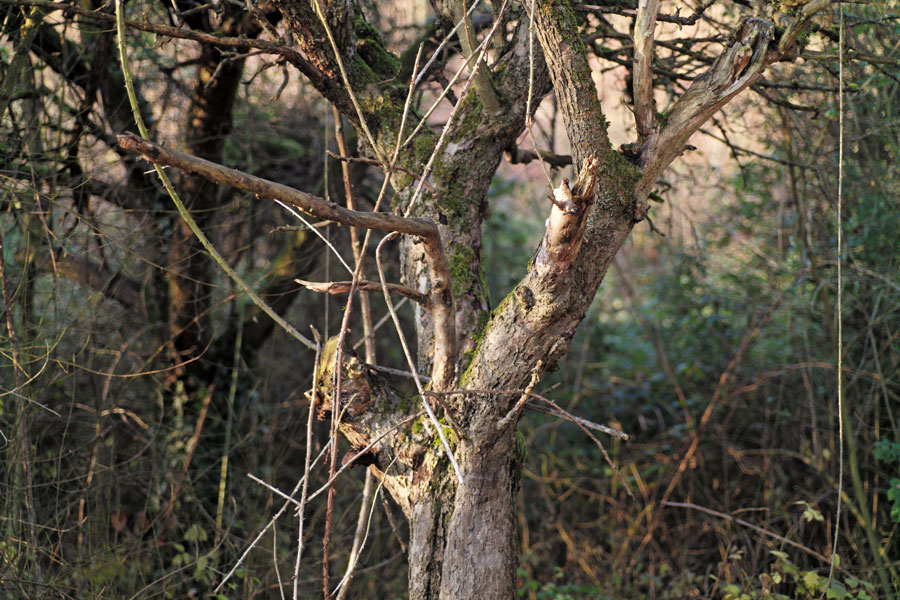 |
|
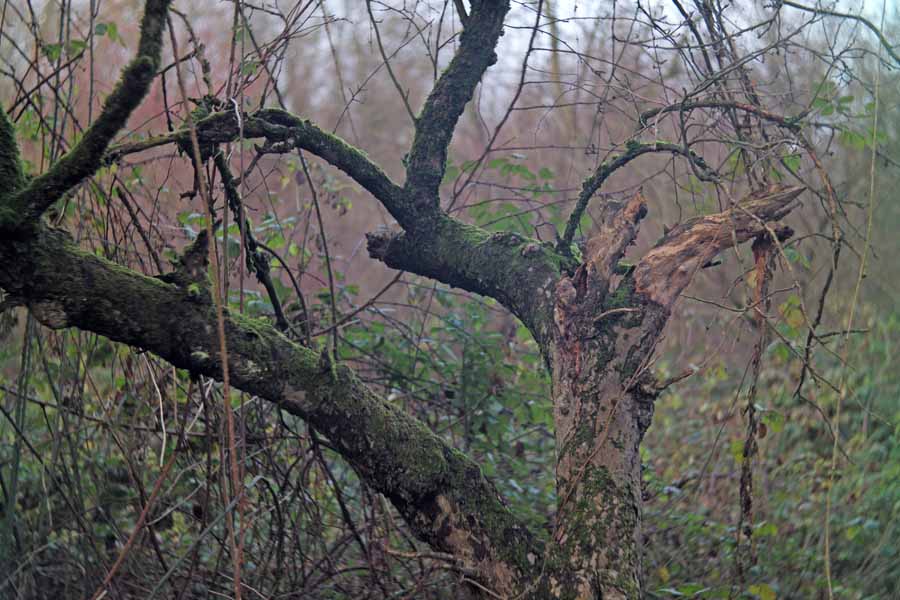 |
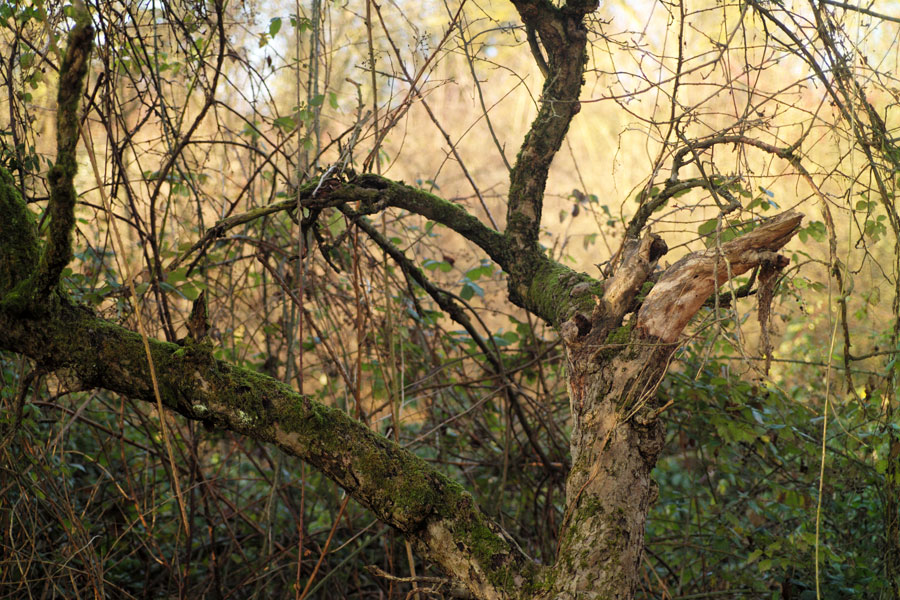 |
|
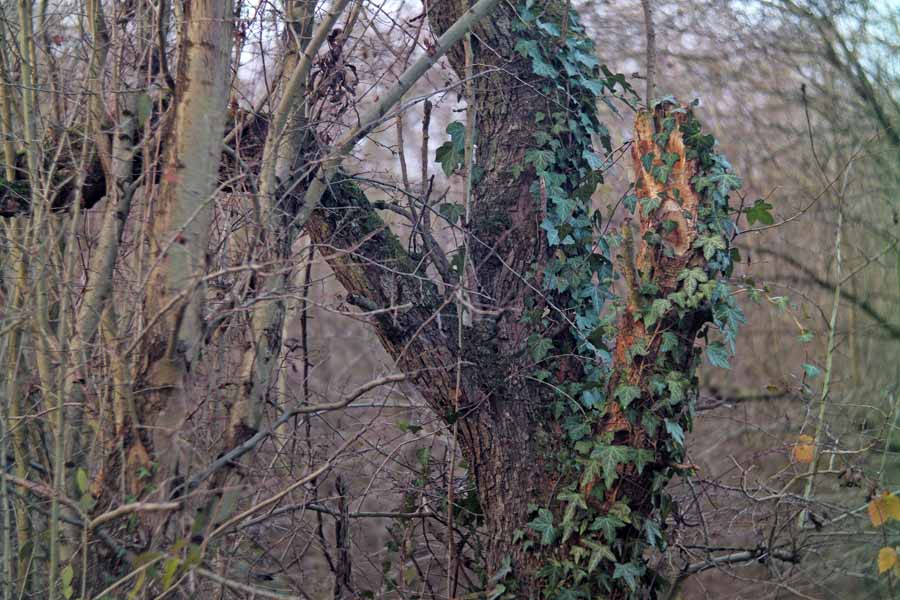 |
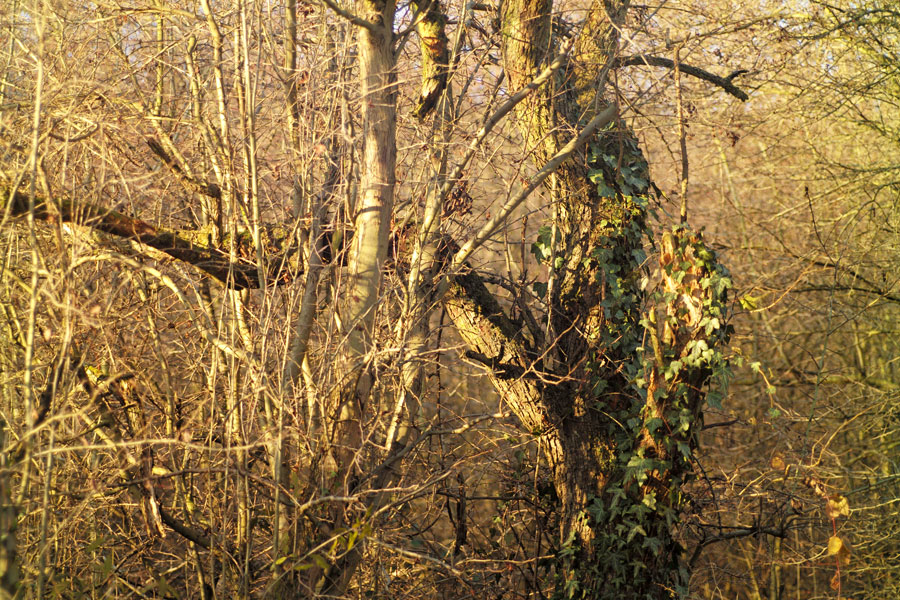 |
|
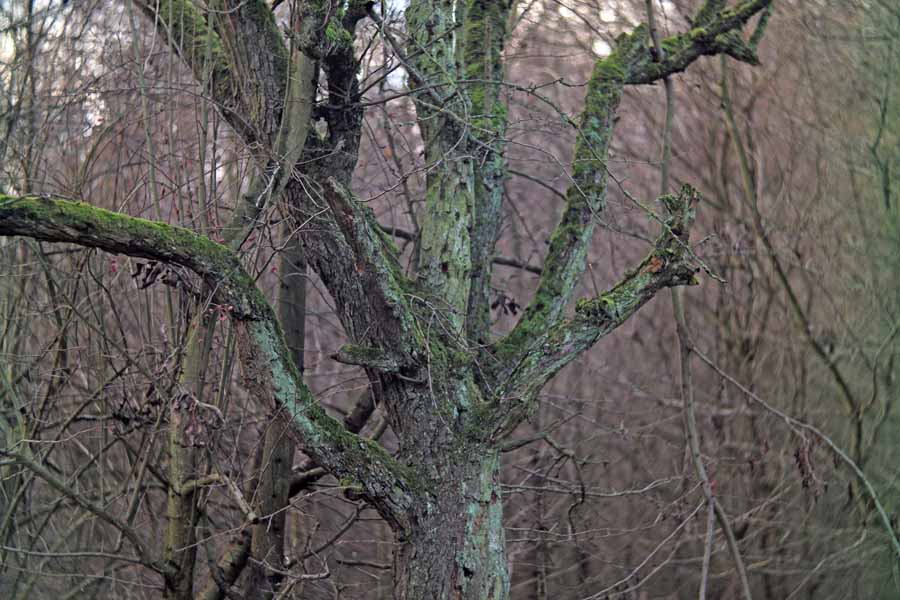 |
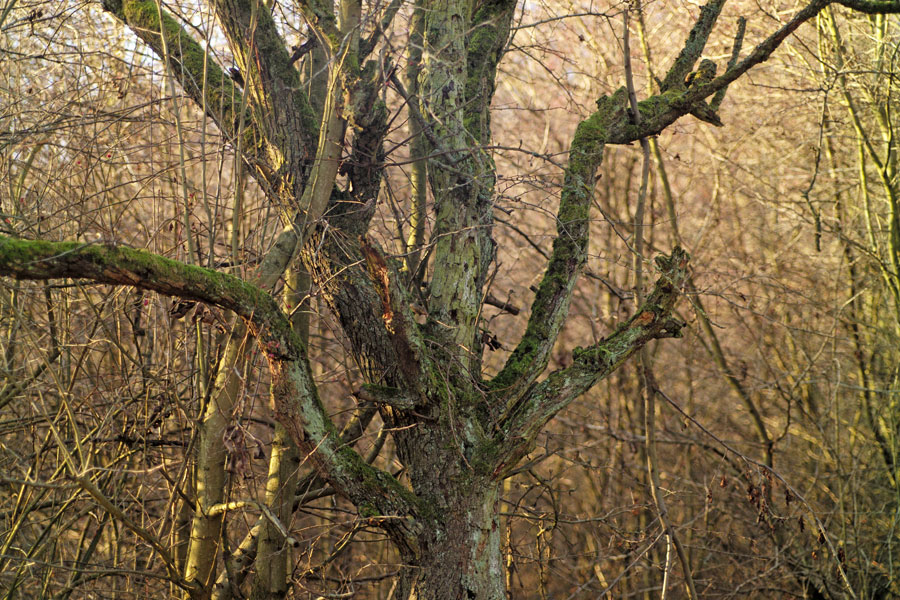 |
|
 |
 |
|
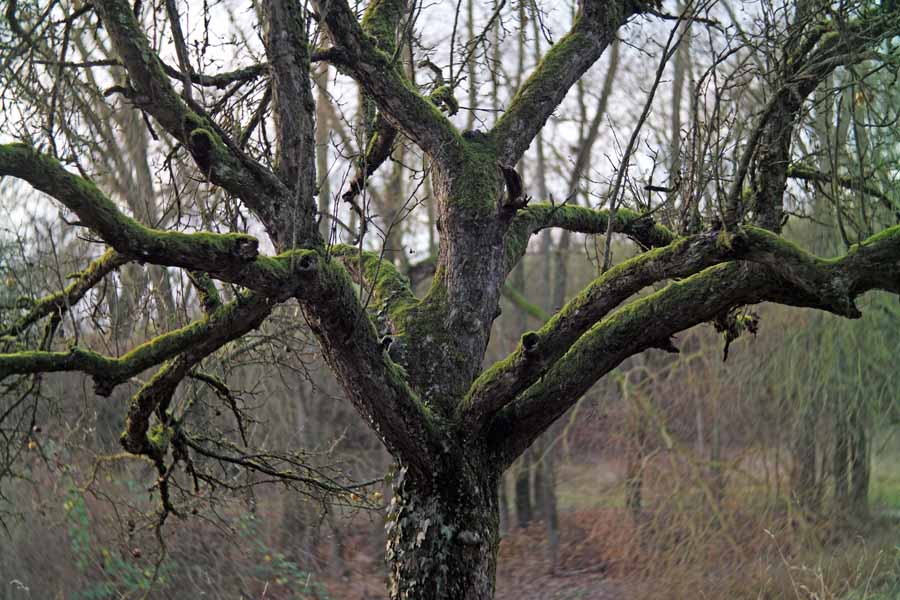 |
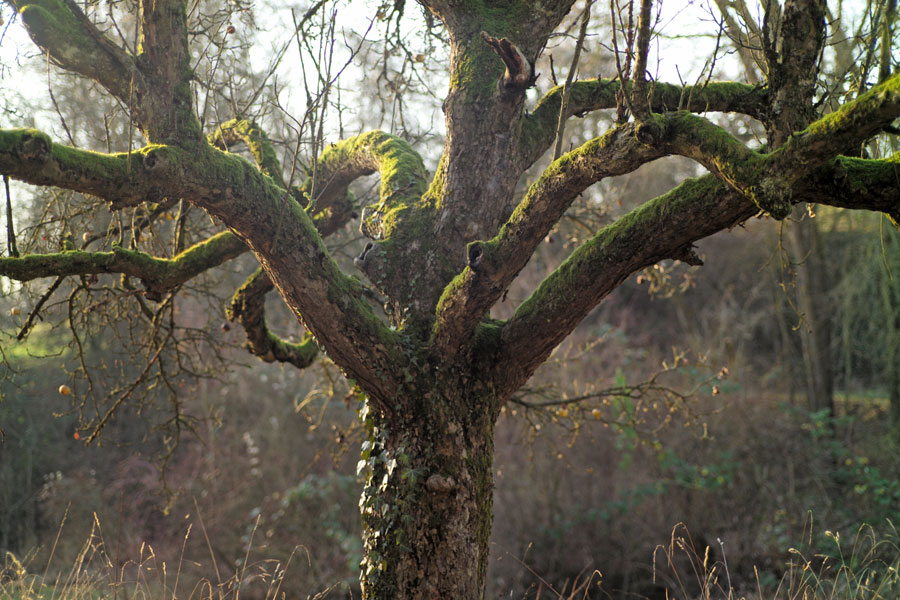 |
|
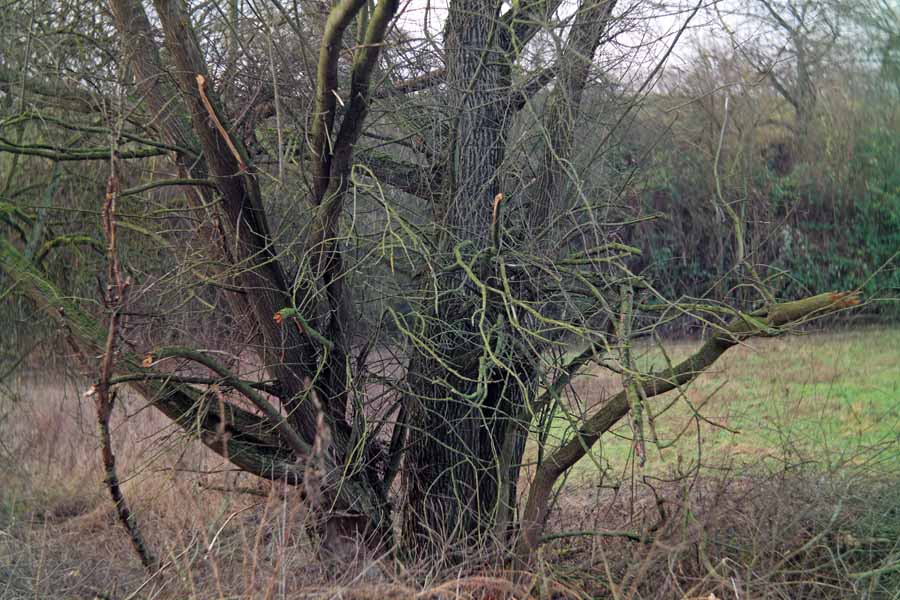 |
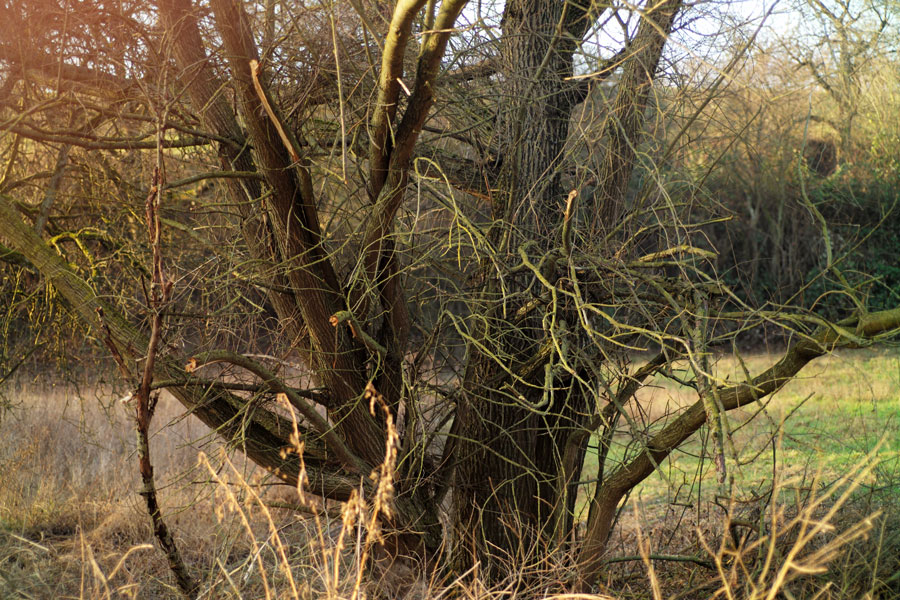 |
|
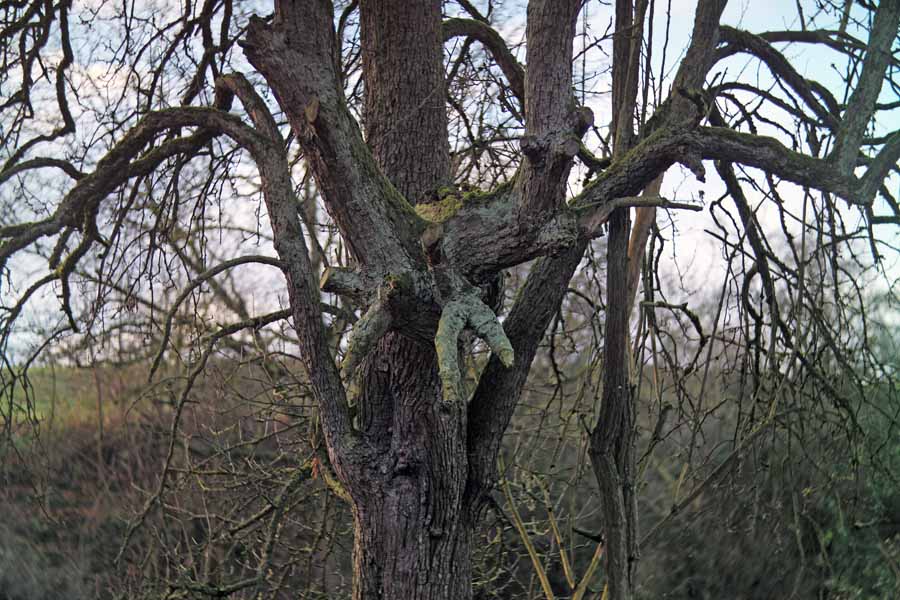 |
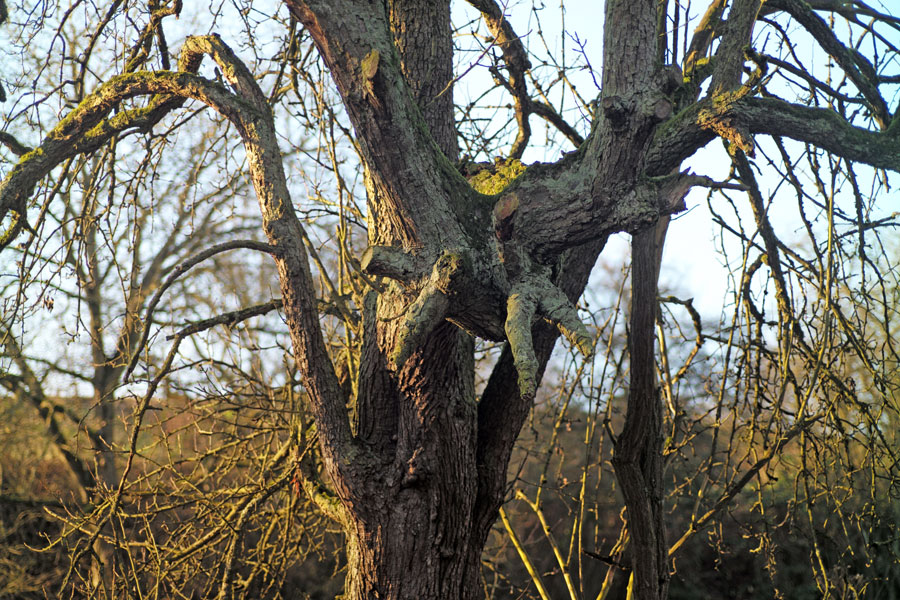 |
|
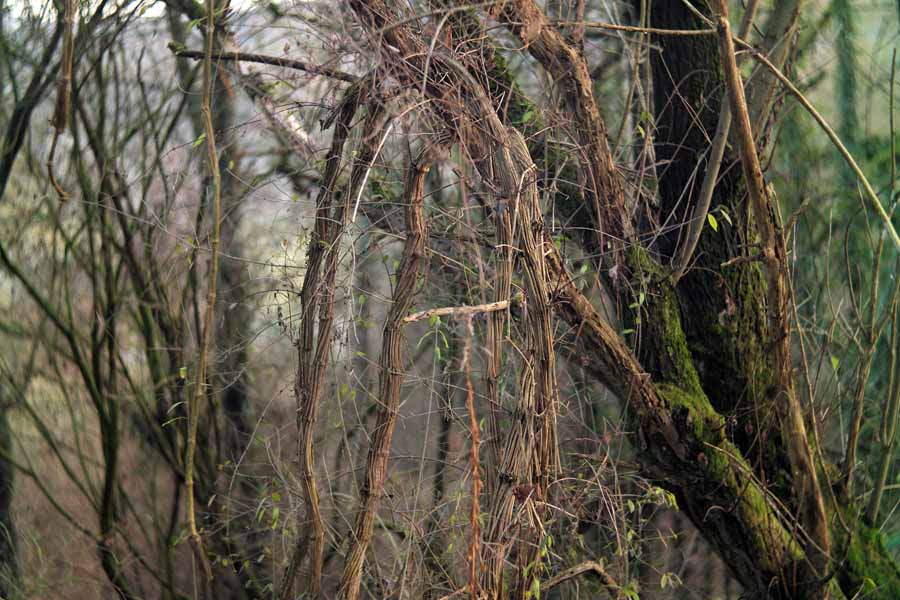 |
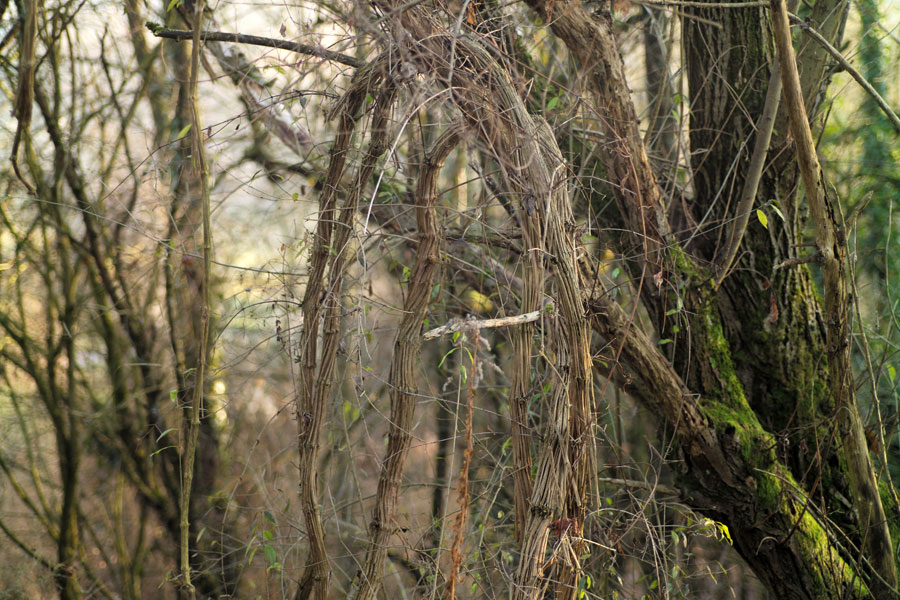 |
|
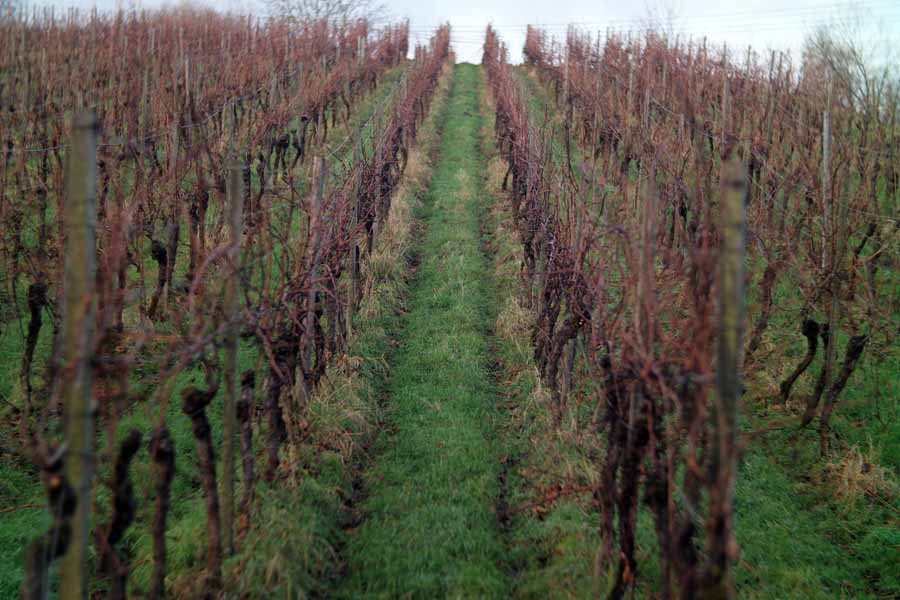 |
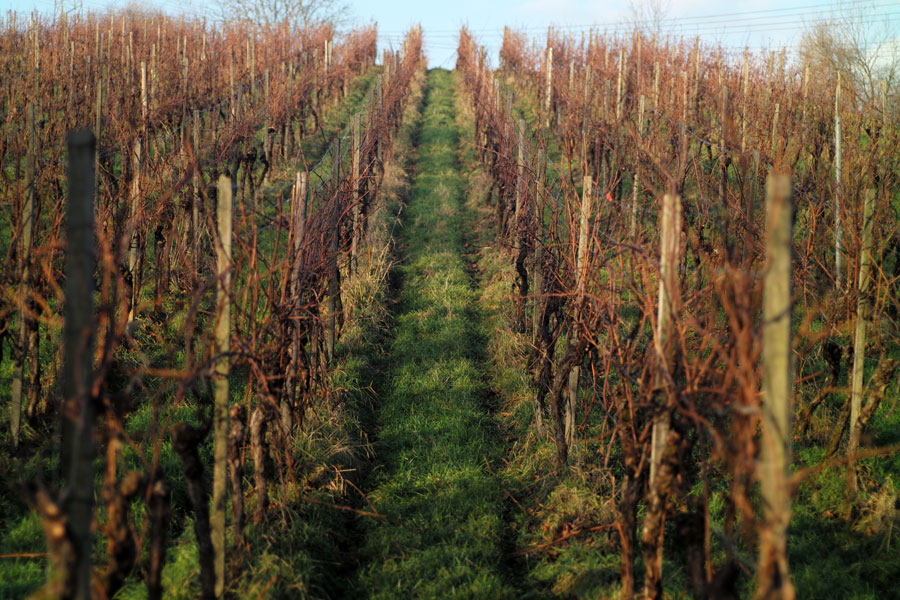 |
|
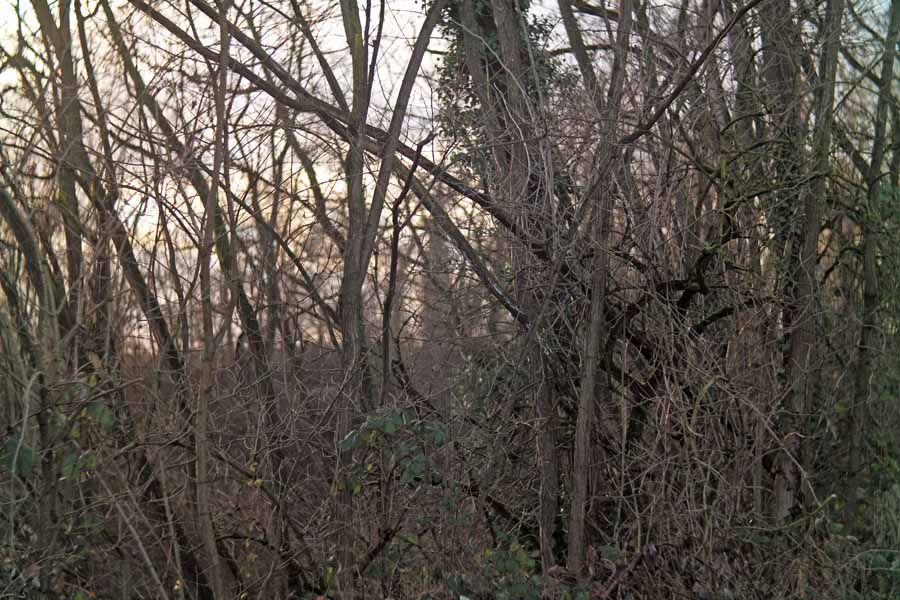 |
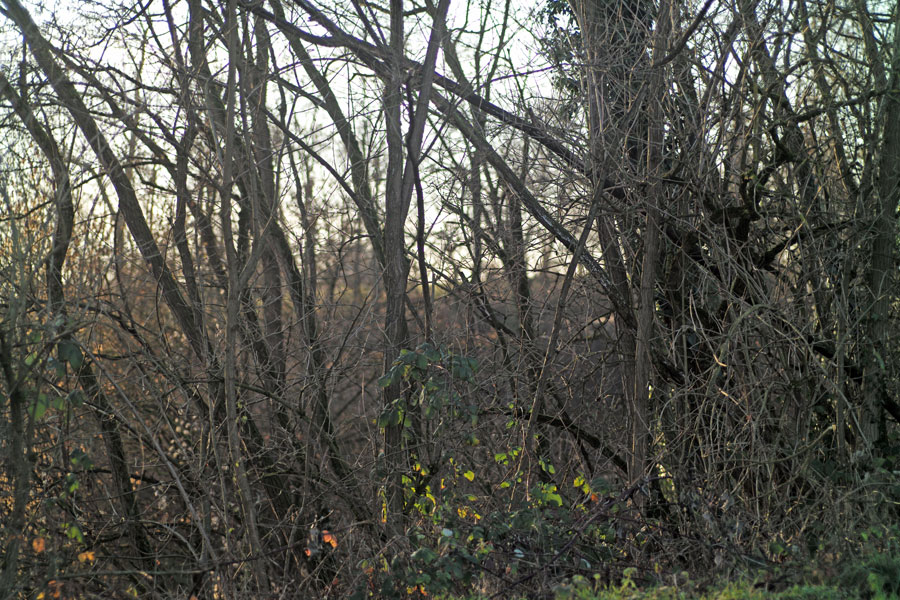 |
|
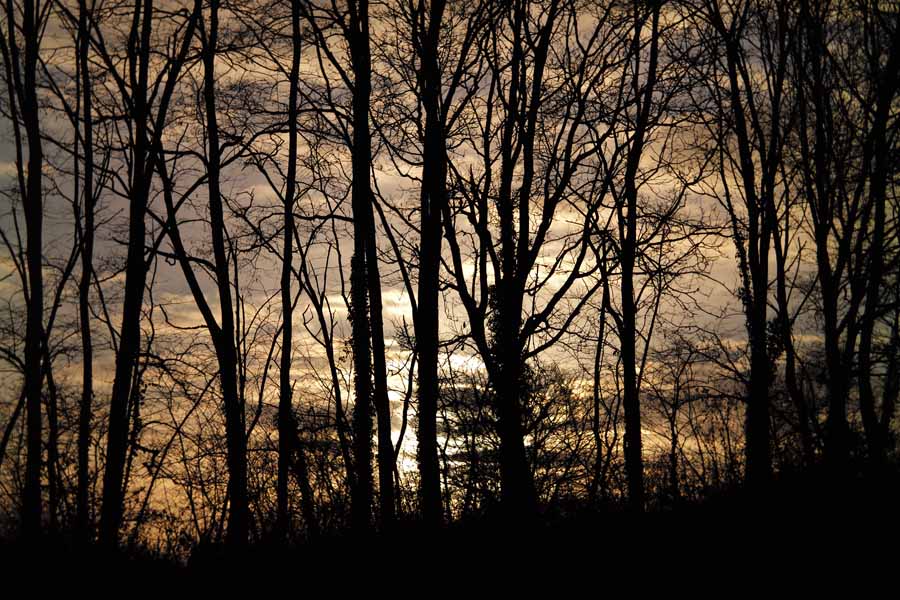 |
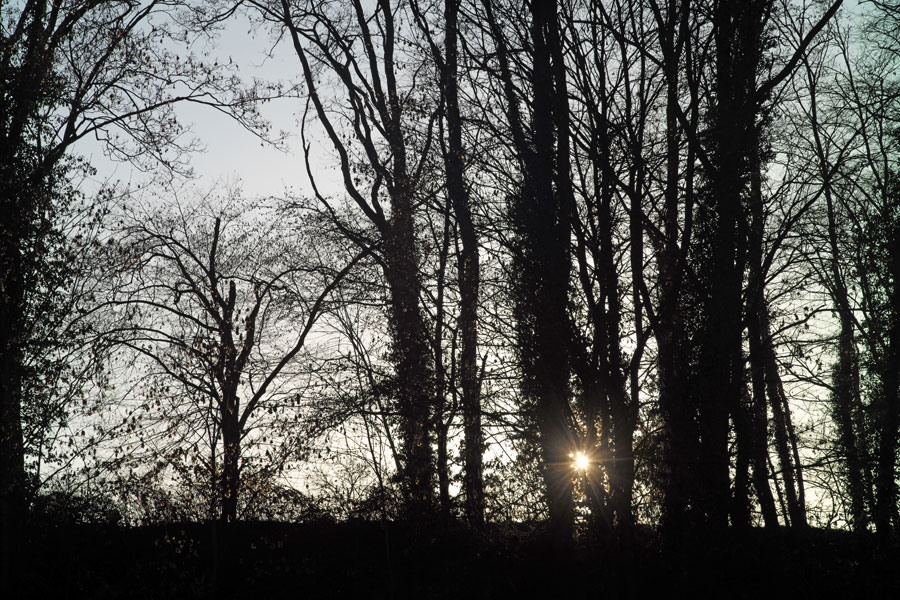 |
|
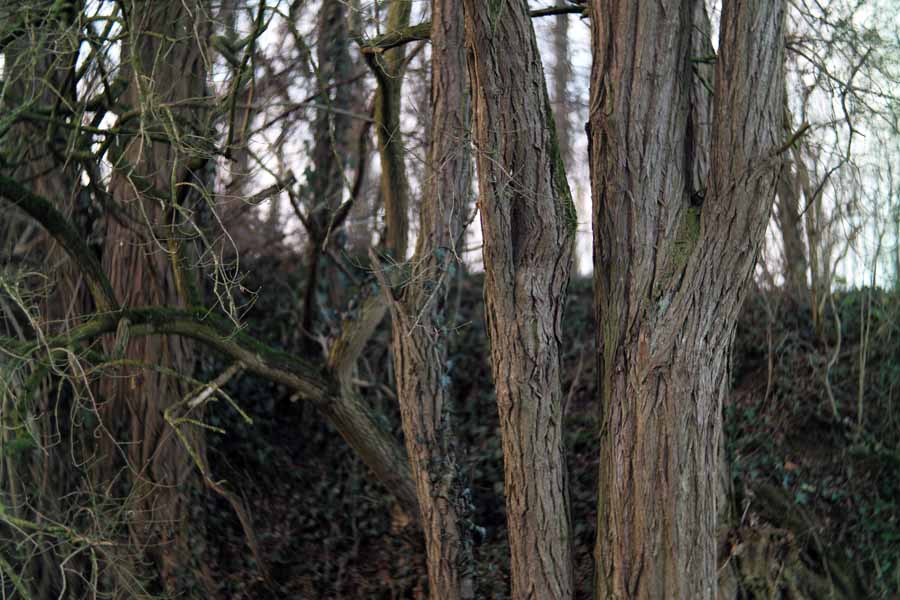 |
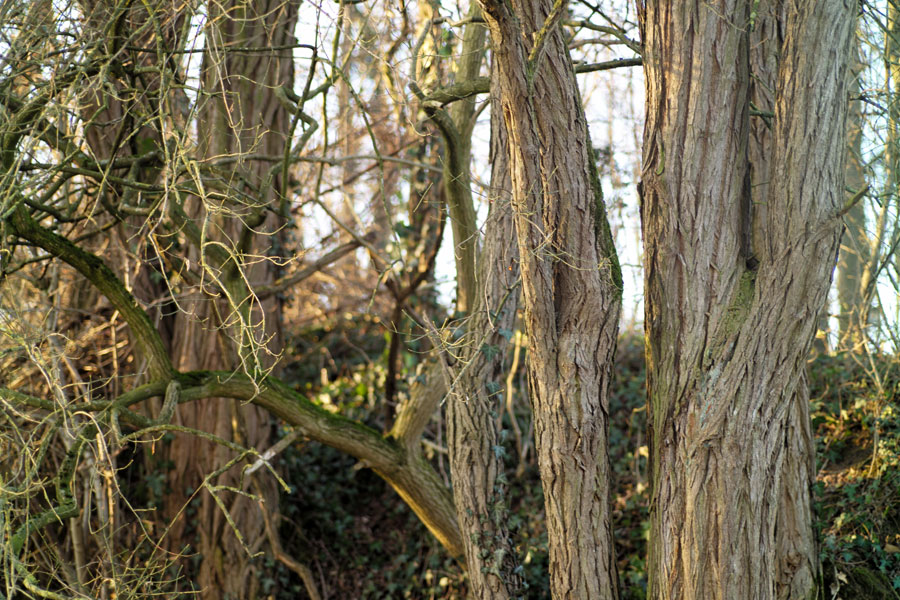 |
|
 |
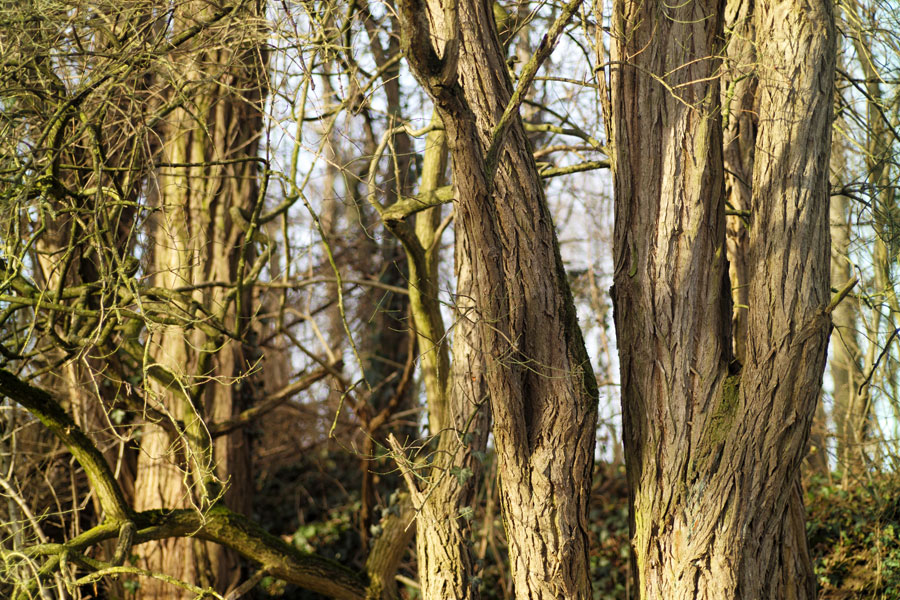 |
|
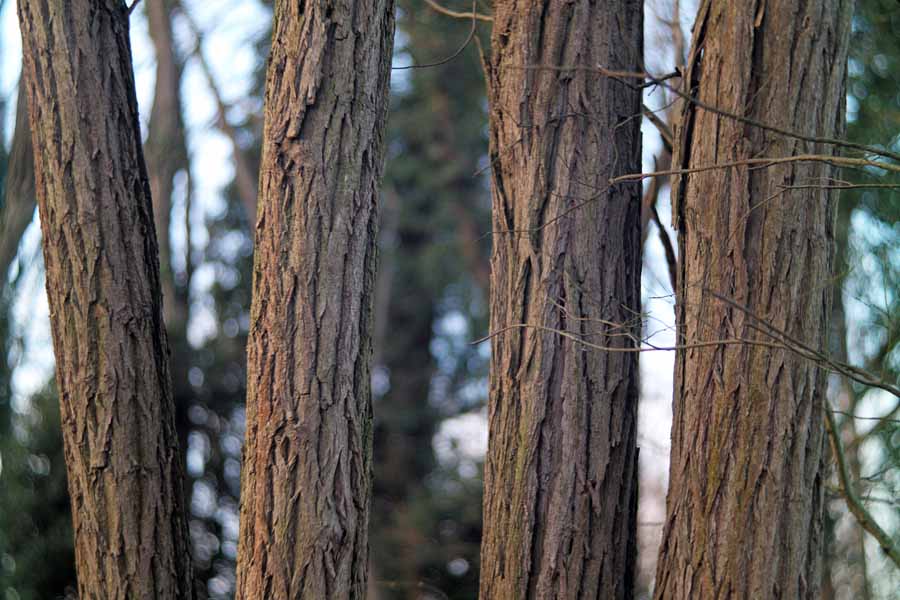 |
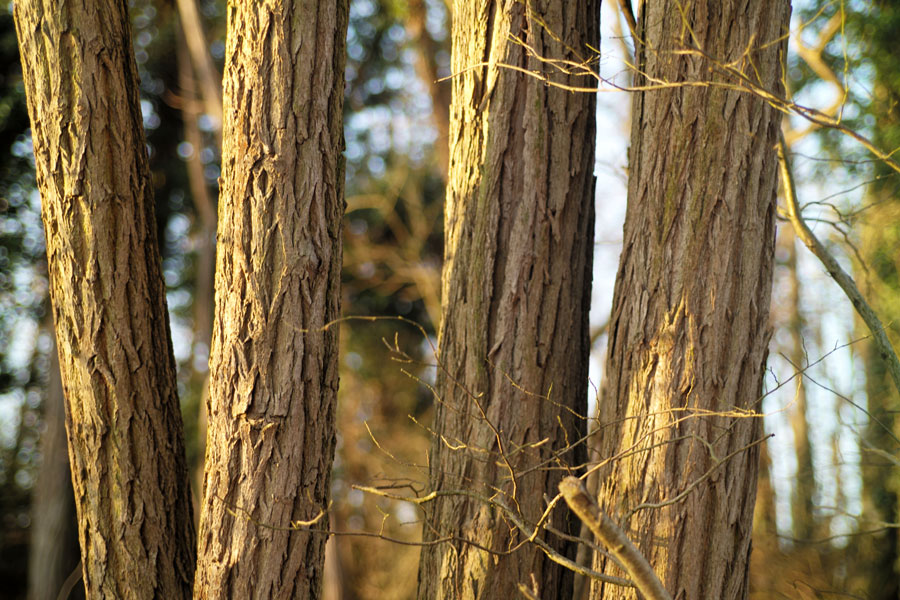 |
|
 |
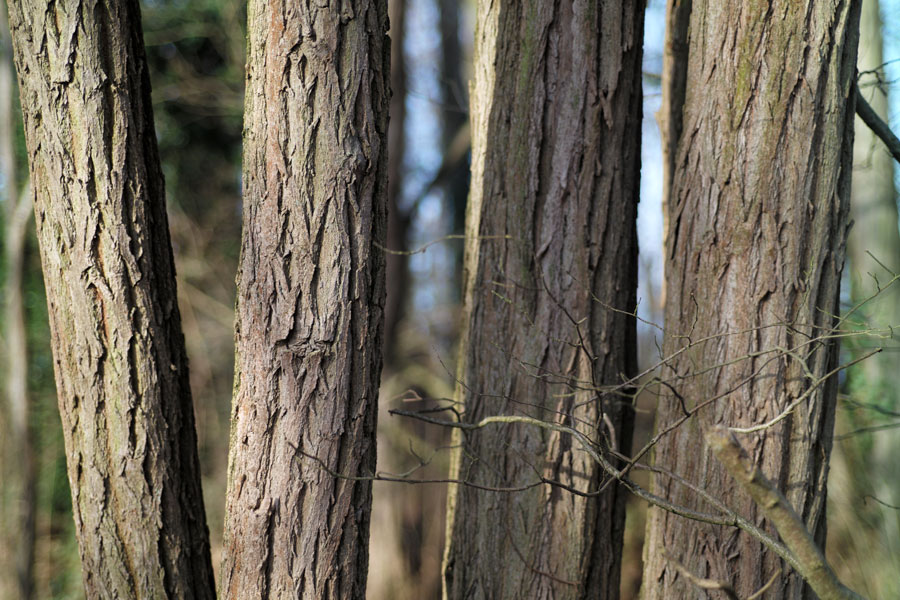 |
|
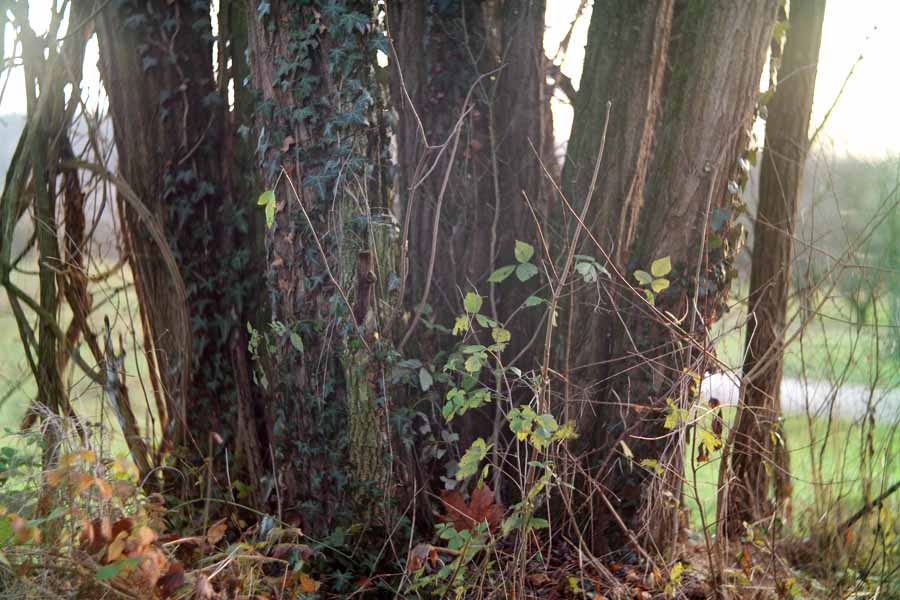 |
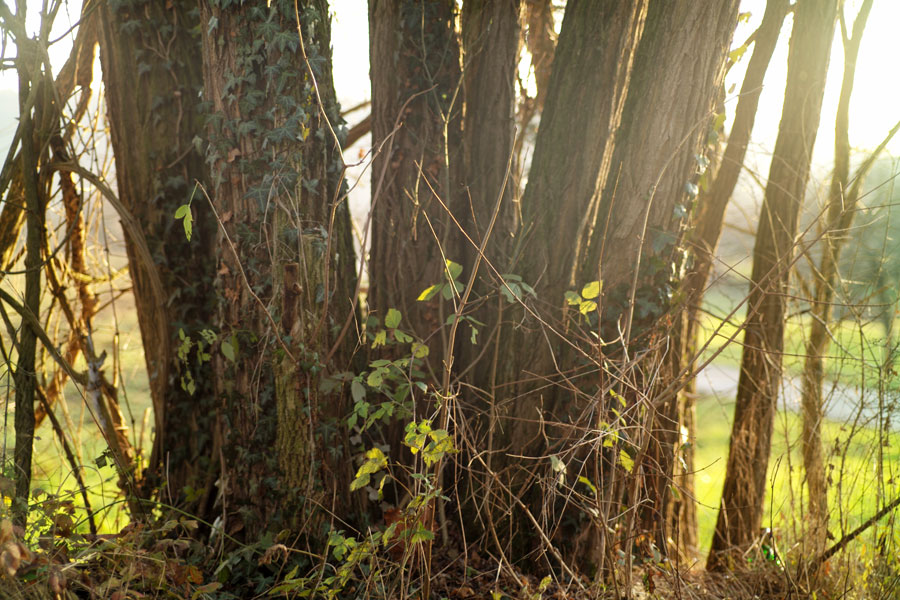 |
|
 |
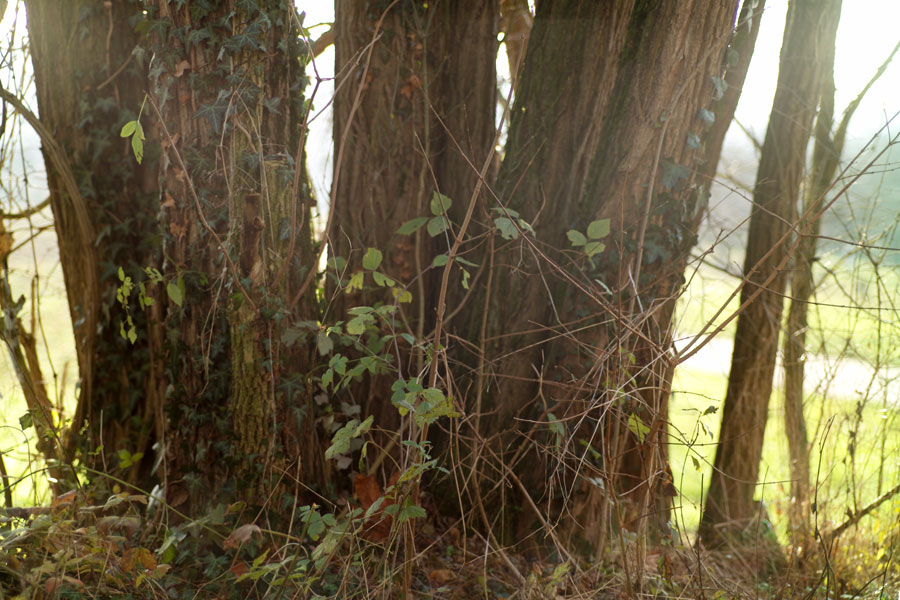 |
|
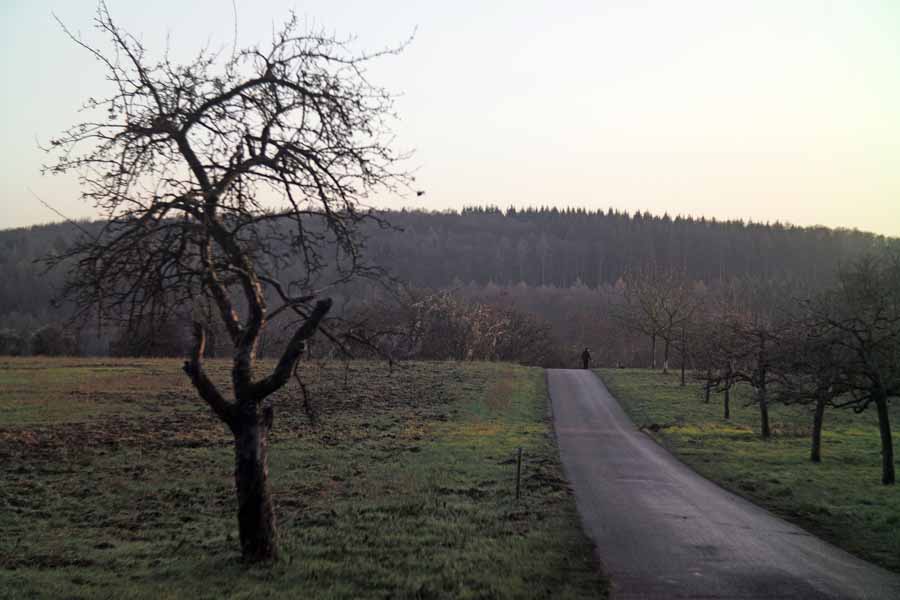 |
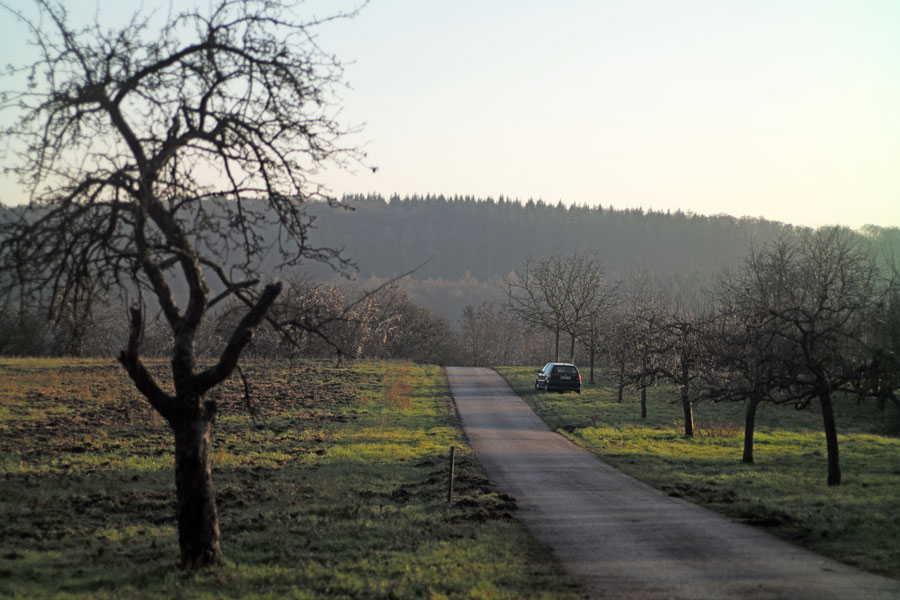 |
|
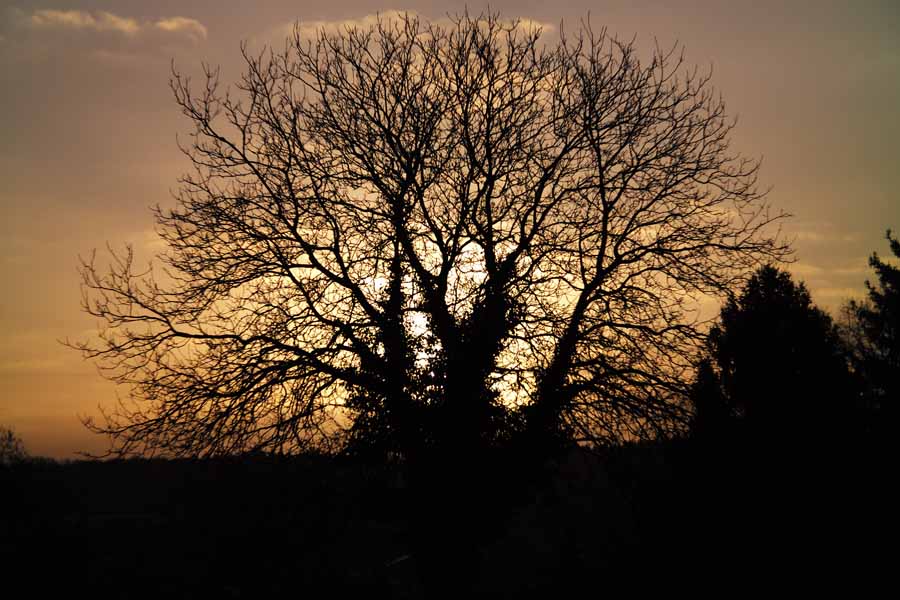 |
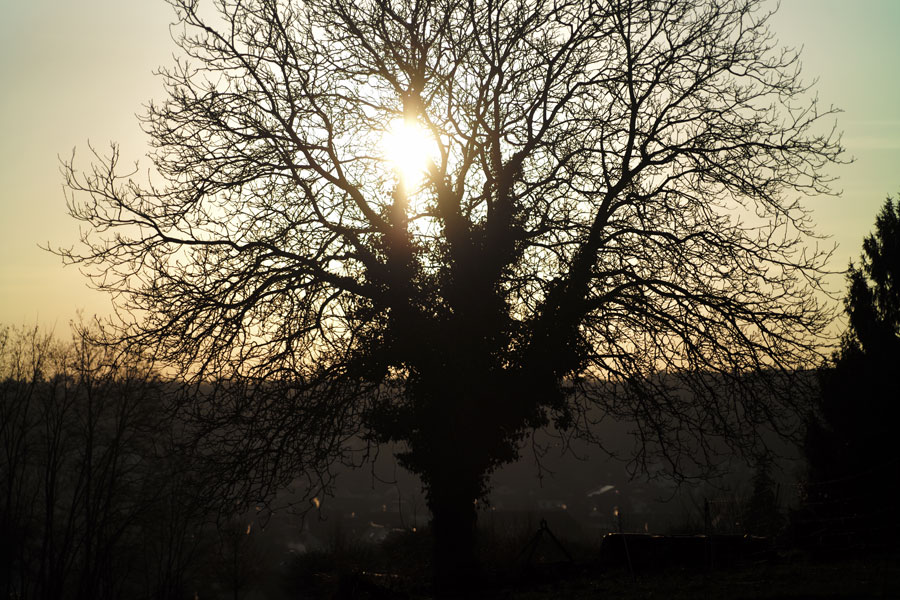 |
|
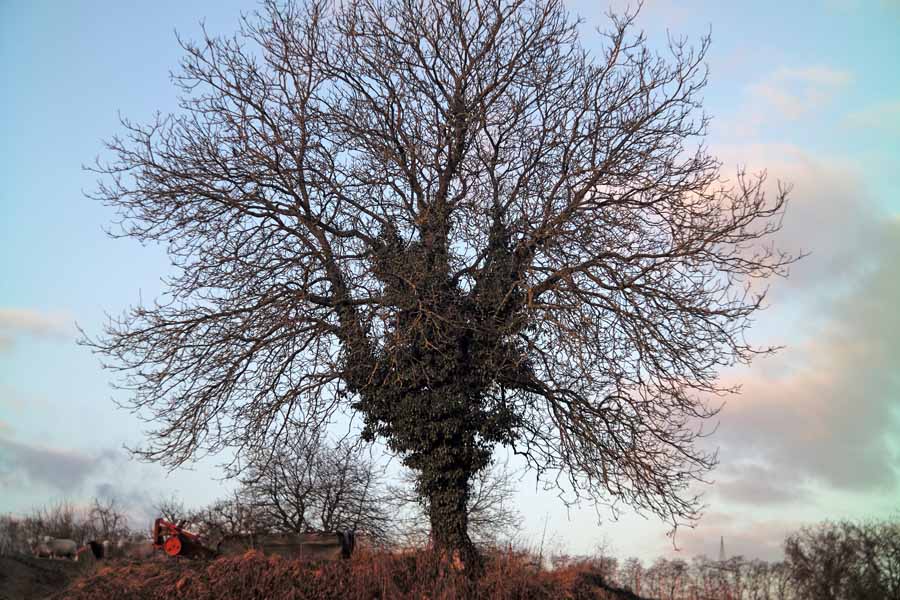 |
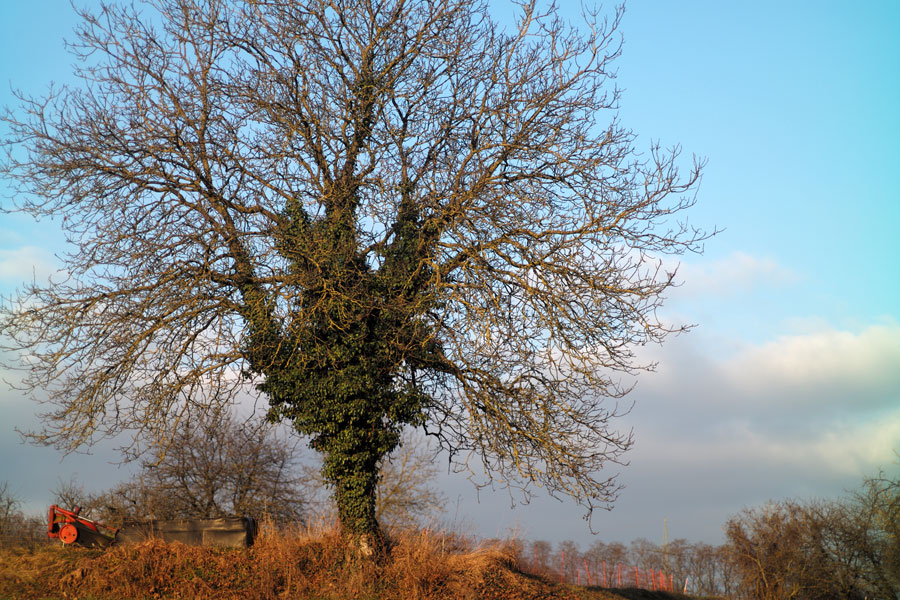 |
|
 |
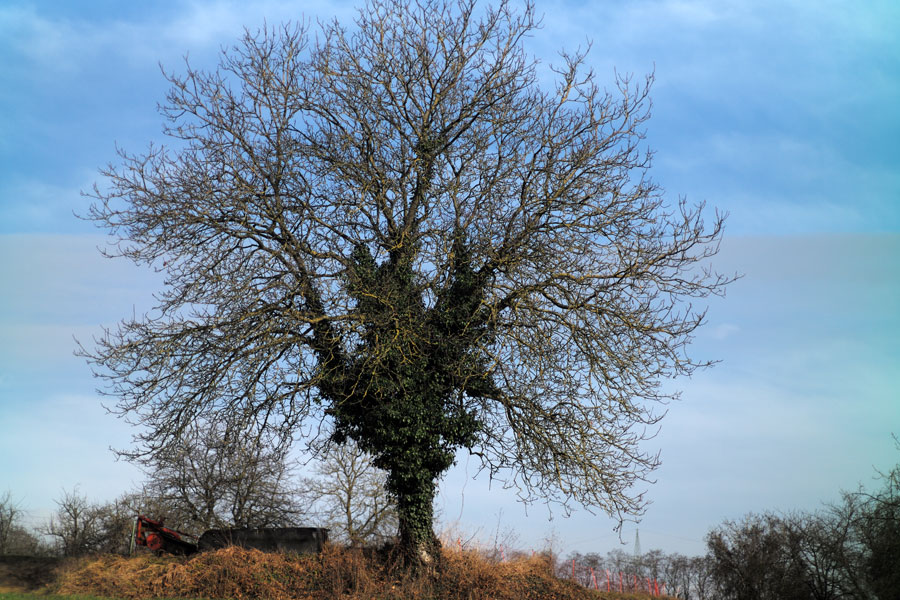 |
|
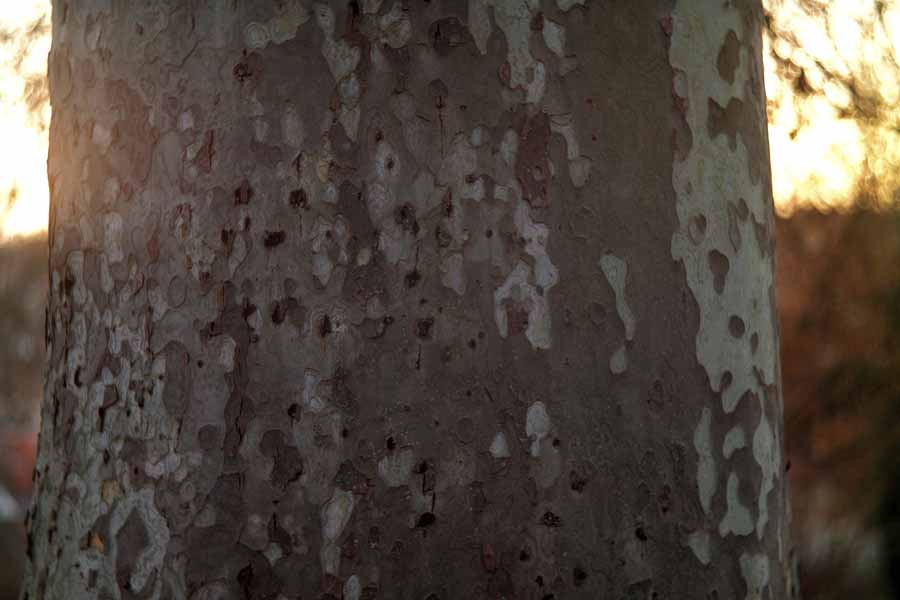 |
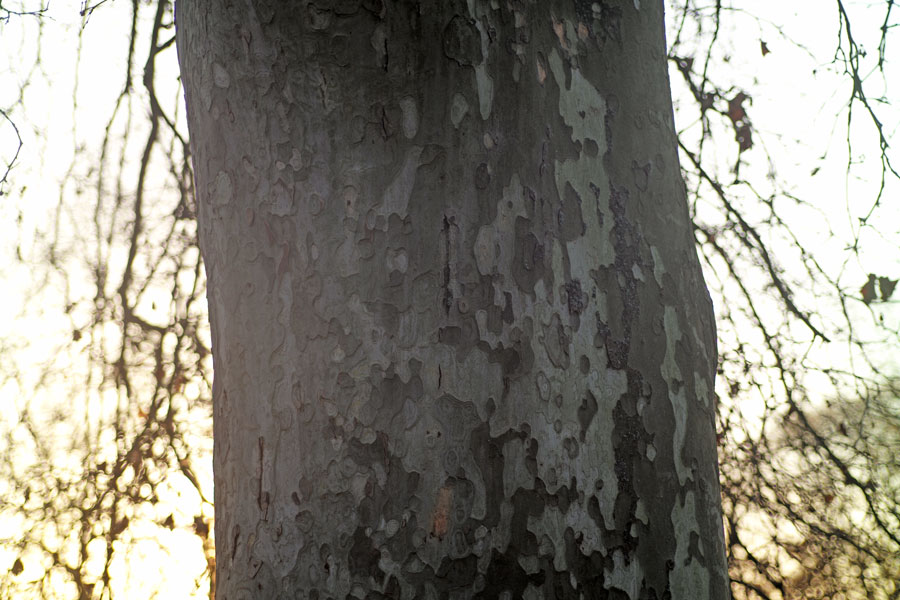 |
|
 |
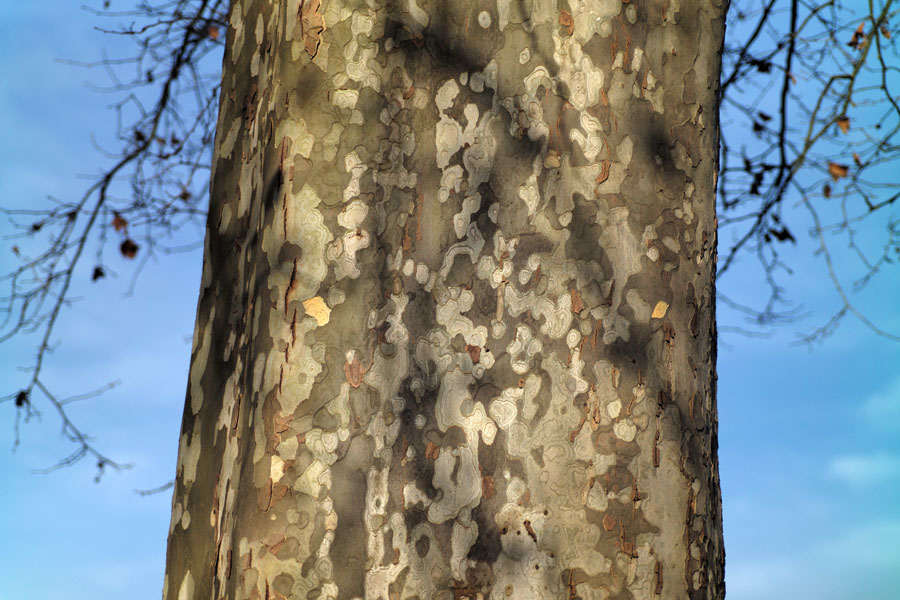 |
|
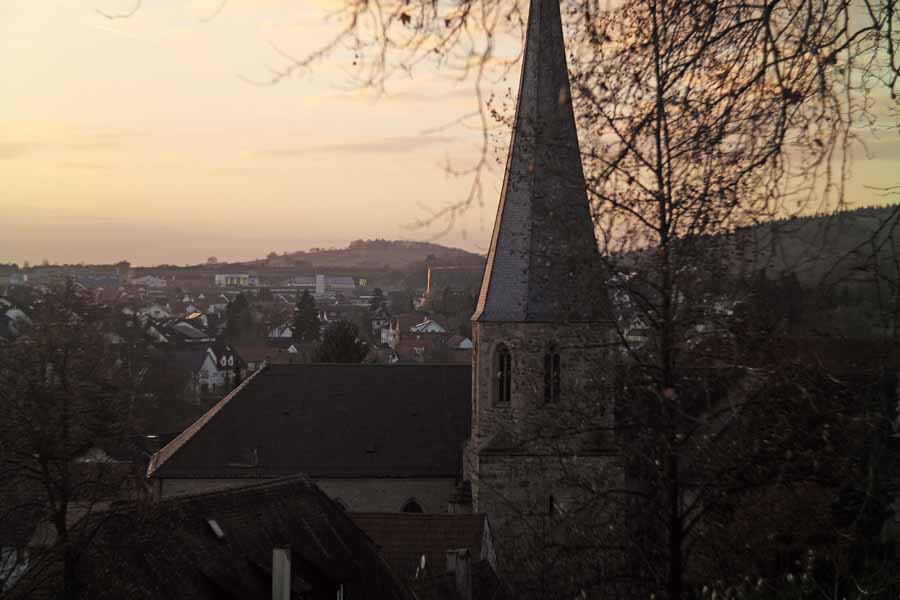 |
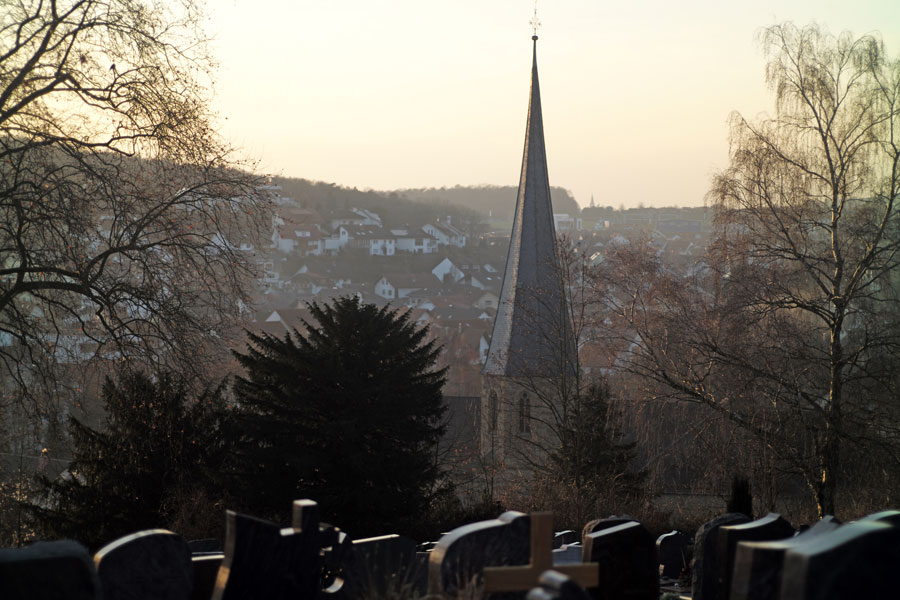 |
|
 |
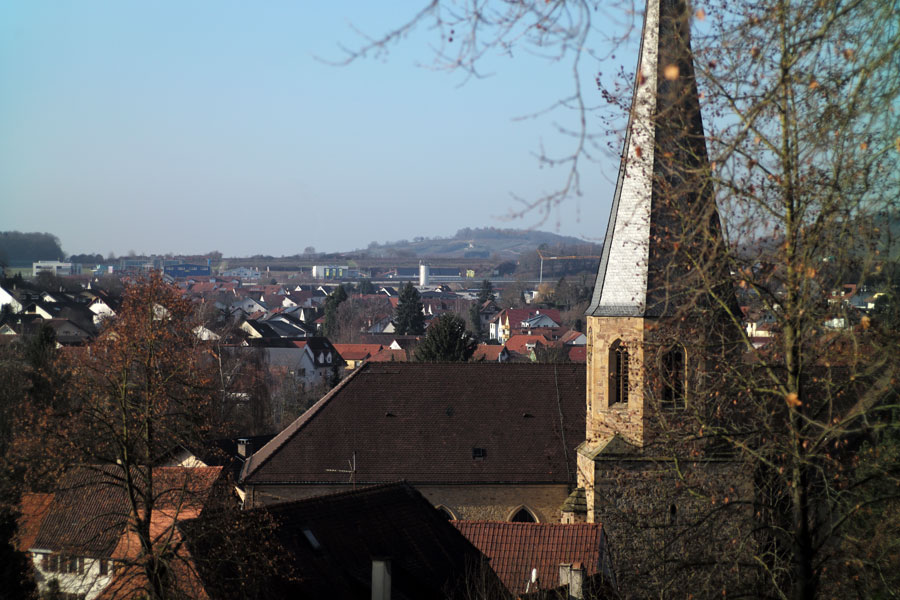 |
Close-Up Behavior
Closest or Close Distance - No Color Shading Correction - Post-Processed
Conclusions
Both lenses have a similar focal length and similar maximum aperture. The Tele-Elmarit-M is slightly "longer" but has a smaller maximum aperture. So the effects should cancel out each other in comparison with the Hektor. The photos suggest to me that depth of field is indeed very similar for both lenses.
Of course, this is not a serious comparison, because the Leitz Hektor lens is only sharp at the center, if at all. But this is a characteristic that can be useful for some motifs, because it works like a "focus effect" that drives the viewer's attention to the center. The Tele-Elmarit-M is a little soft at the corners at f/2.8, but overall, the images look still sharp at the edges. Therefore, sharp details at the edges may distract the viewer from the "important" information at the center.
Which lens will I use when I need a shallow depth of field? Probably the Tele-Elmarit-M because its overall quality is so much better. The Hektor will remain a "fun lens" for special occasions...
But please note that in November 2020, I sold my Leitz Tele-Elmarit-M 90mm f/2.8 lens. I am therefore no longer able to update this page or to answer questions about this lens.
Links
- Echtes Leica-M Objektiv für EUR 20.- (l-camera-forum thread started by Gienauer; in German): www.l-camera-forum.com/topic/267620-echtes-leica-m-objektiv-für-eur-20/
- LEICA 90mm f/2.8 Lenses (at Ken Rockwell ): www.kenrockwell.com/leica/90mm-lenses.htm
- Leitz Tele-Elmarit-M 90mm f/2.8 (Ken Rockwell "Leica Lens Reviews"): www.kenrockwell.com/leica/90mm-f28-tele.htm
- 90mm f/2.8 Leitz Tele-Elmarit-M (Leica Wiki): www.l-camera-forum.com/leica-wiki.en/index.php/90mm_f/2.8_Tele-Elmarit-M
- The Leica 90 tele-elmarit review. A fine vintage for a good price (Joeri van der Kloet): joerivanderkloet.com/the-leica-90-tele-elmarit-review-a-fine-vintage-for-a-good-price/
| 04.07.2024 |
